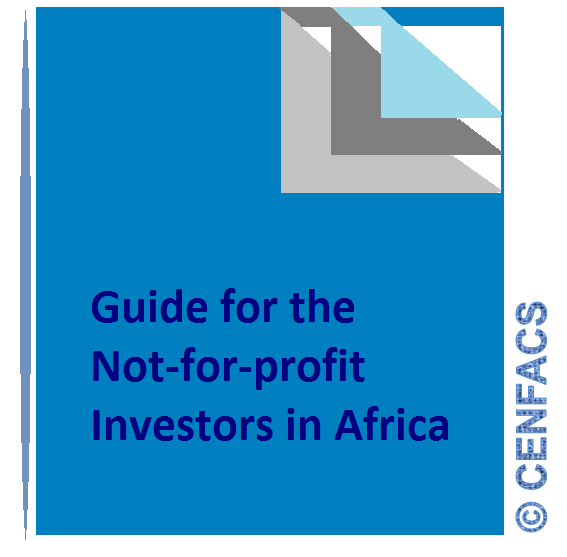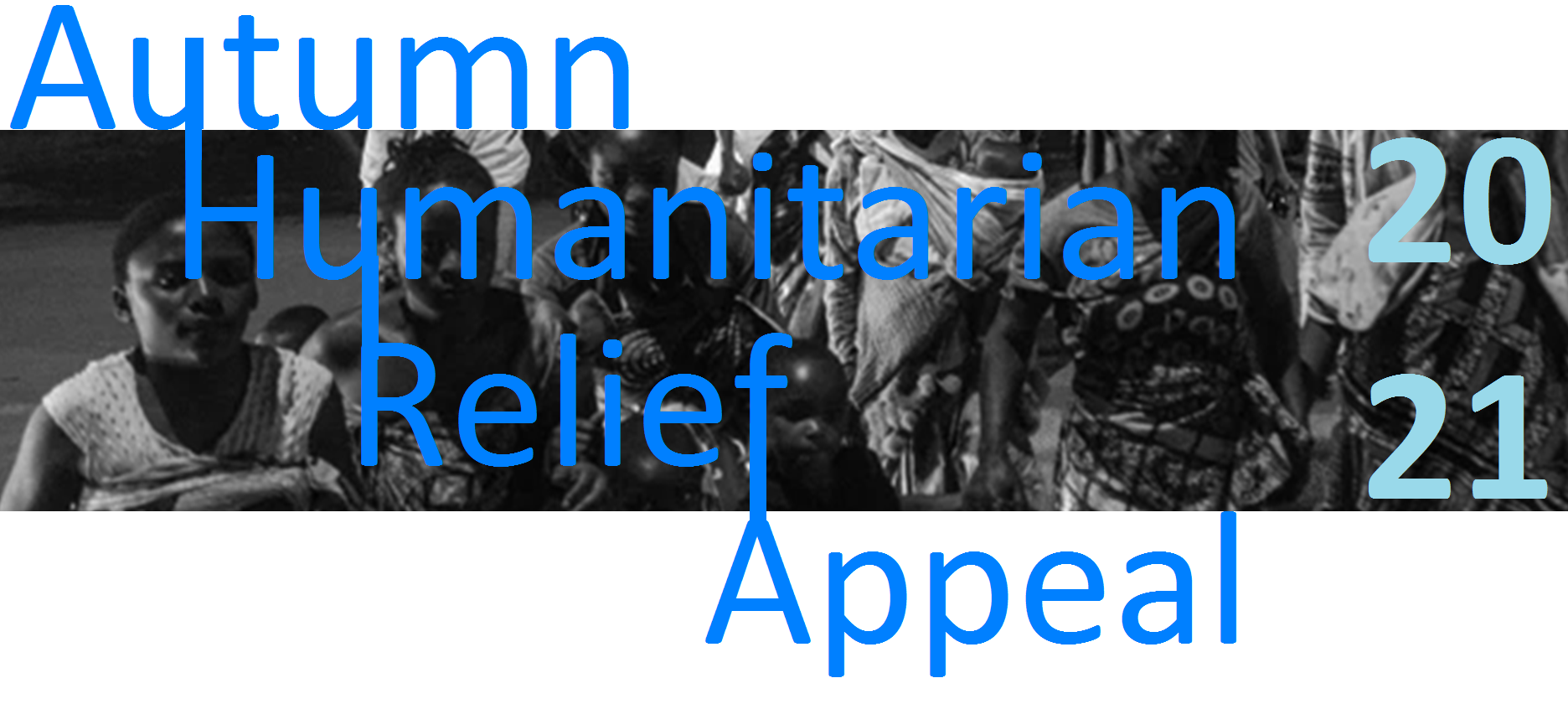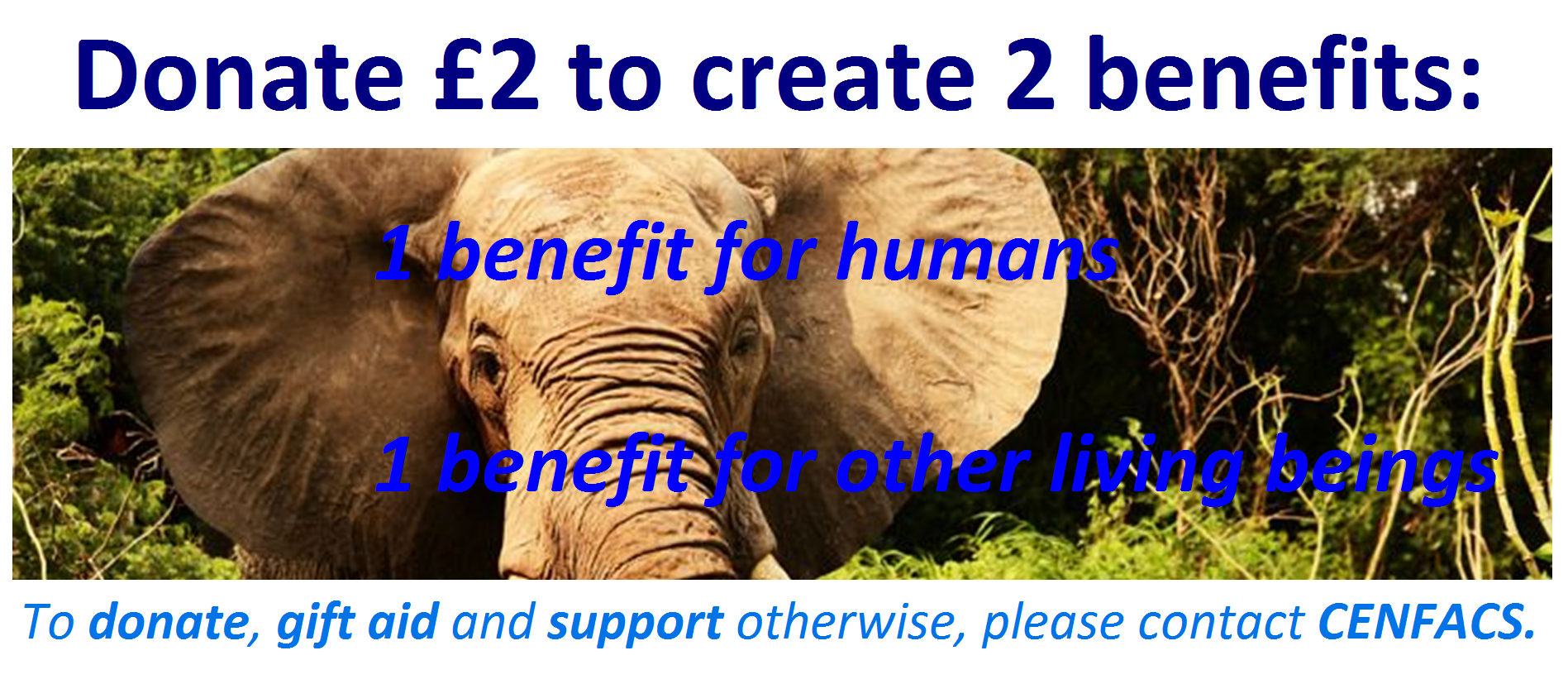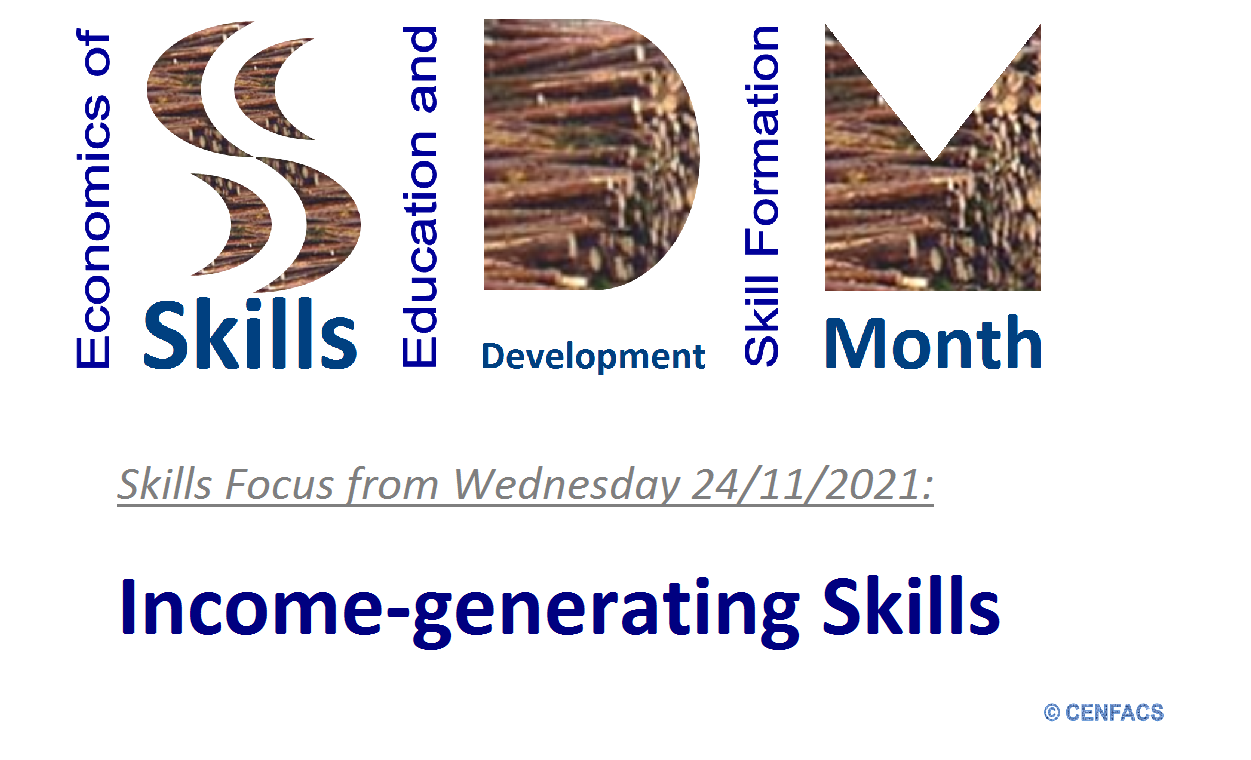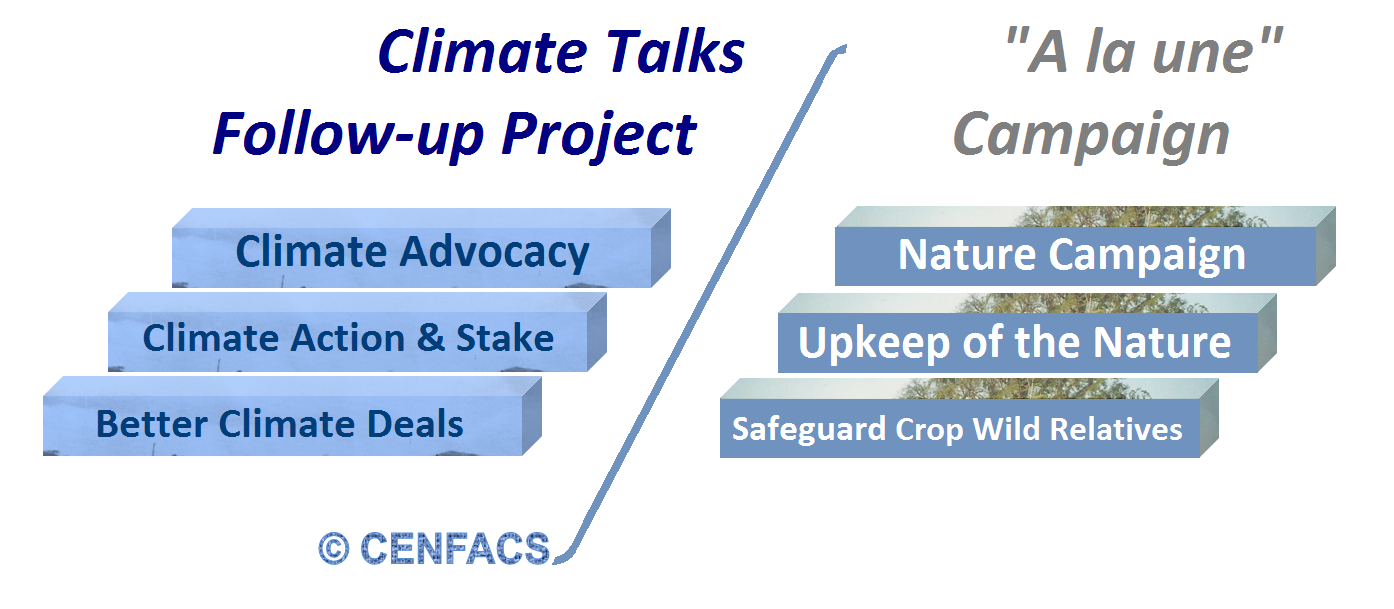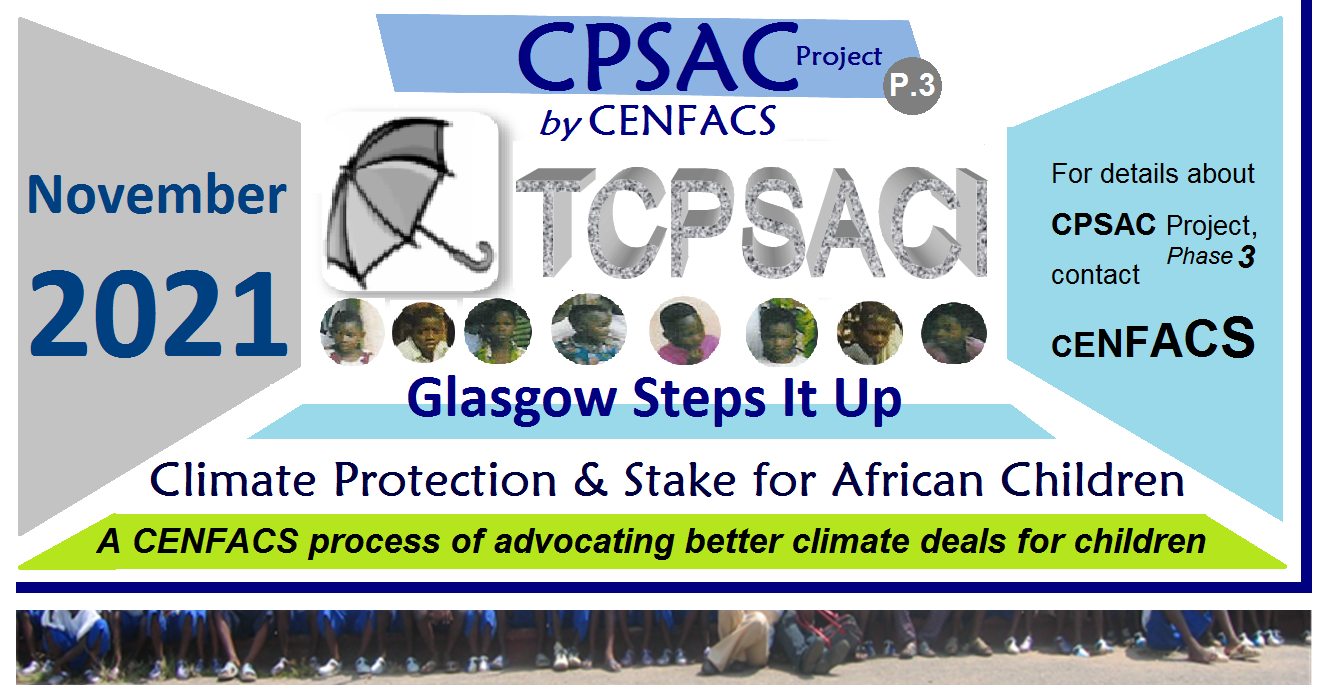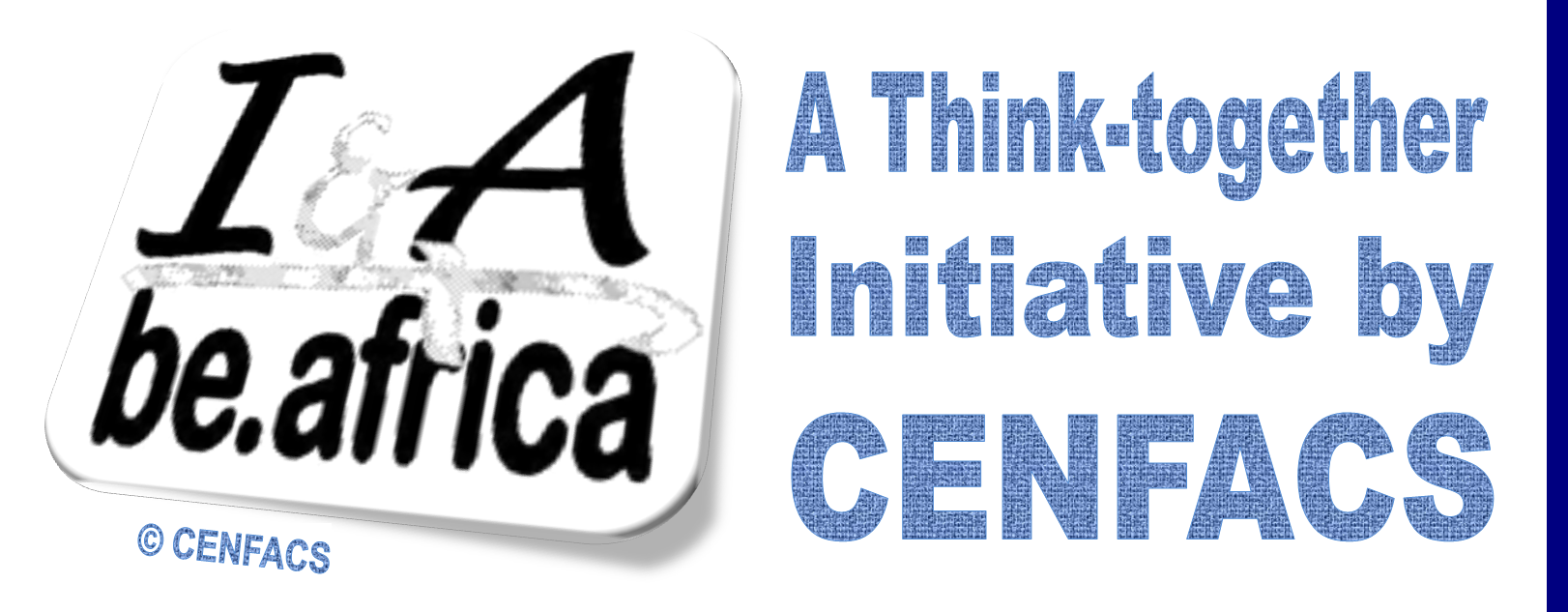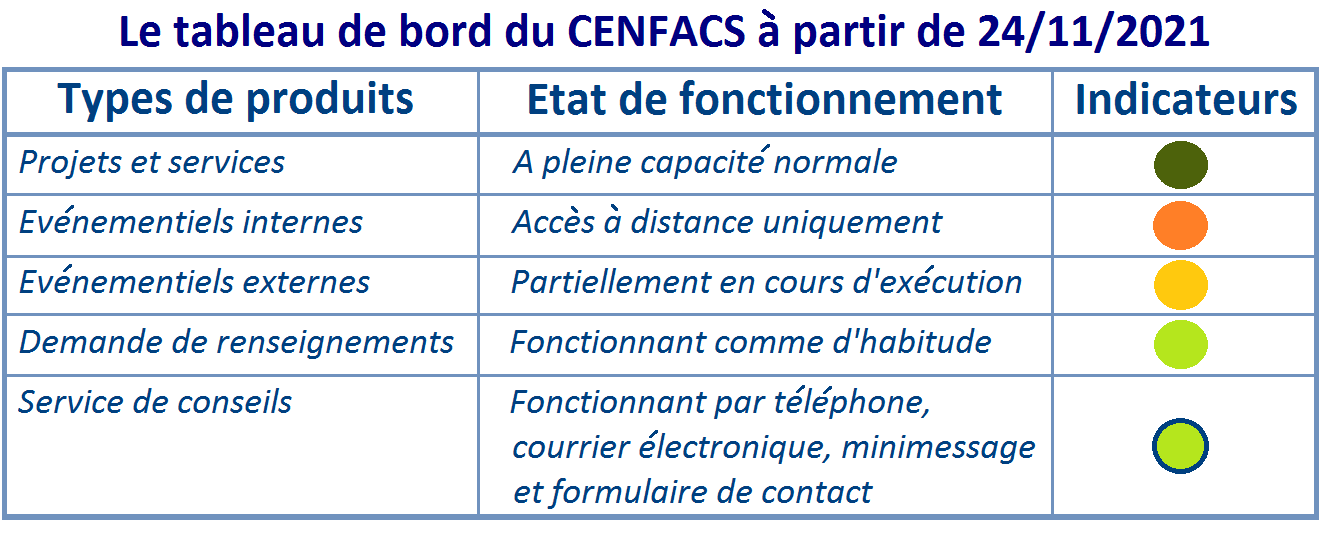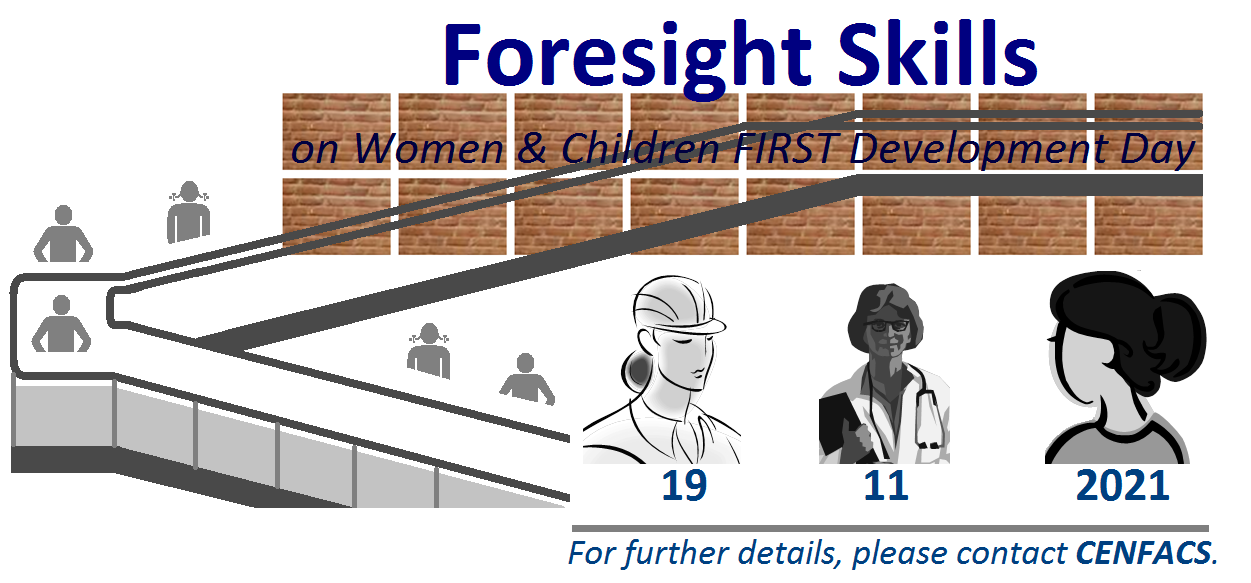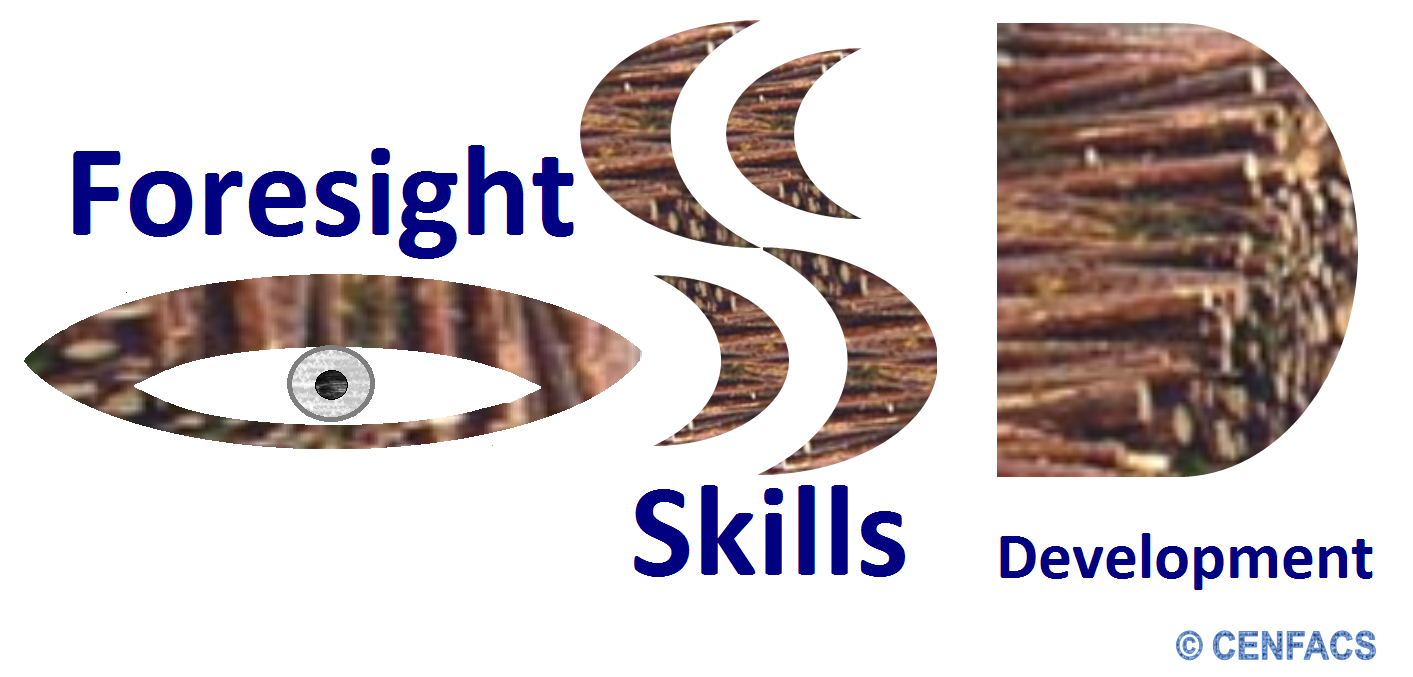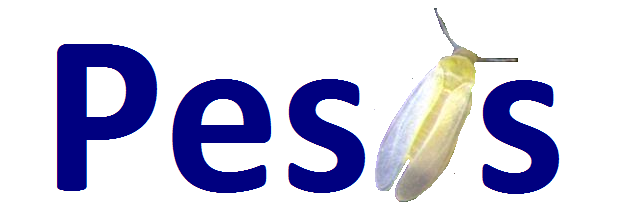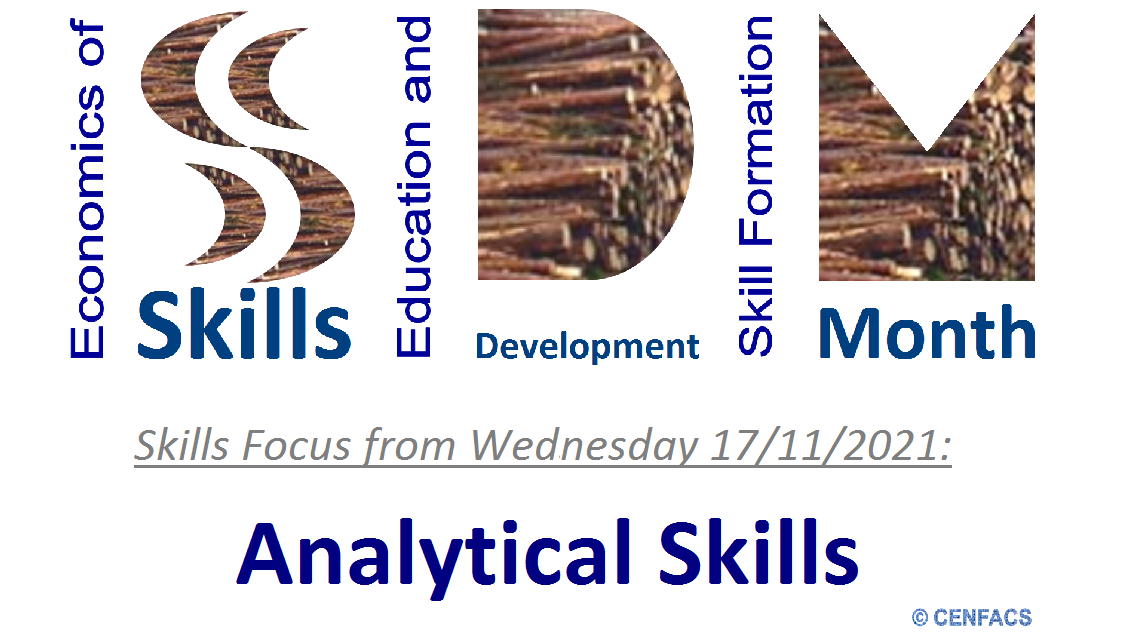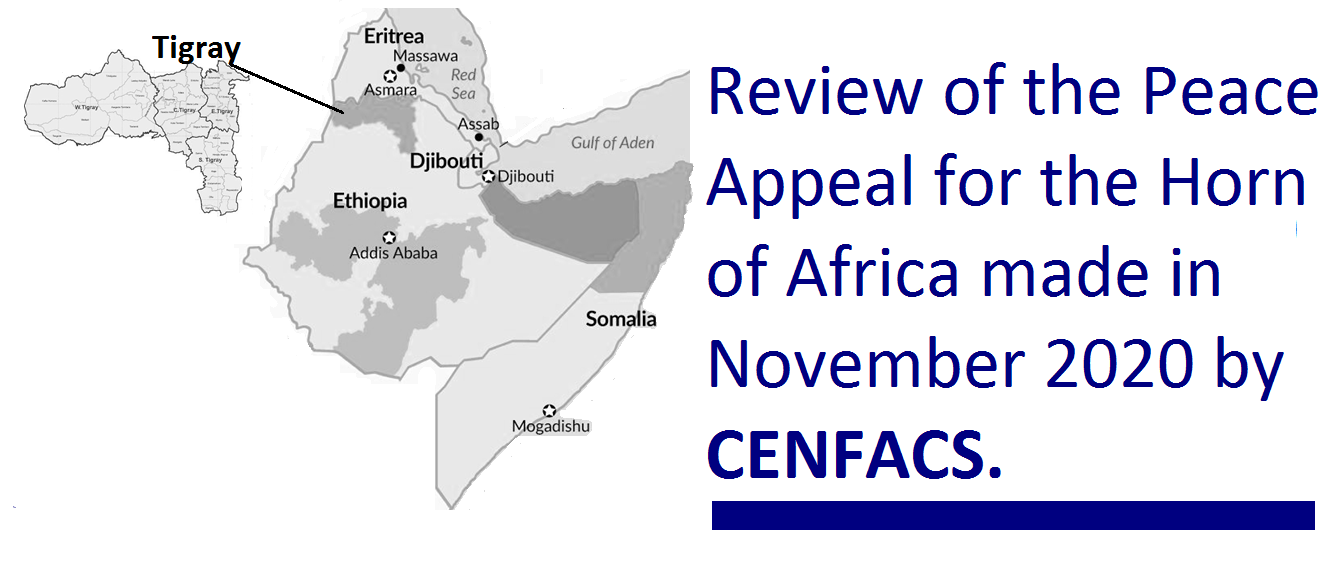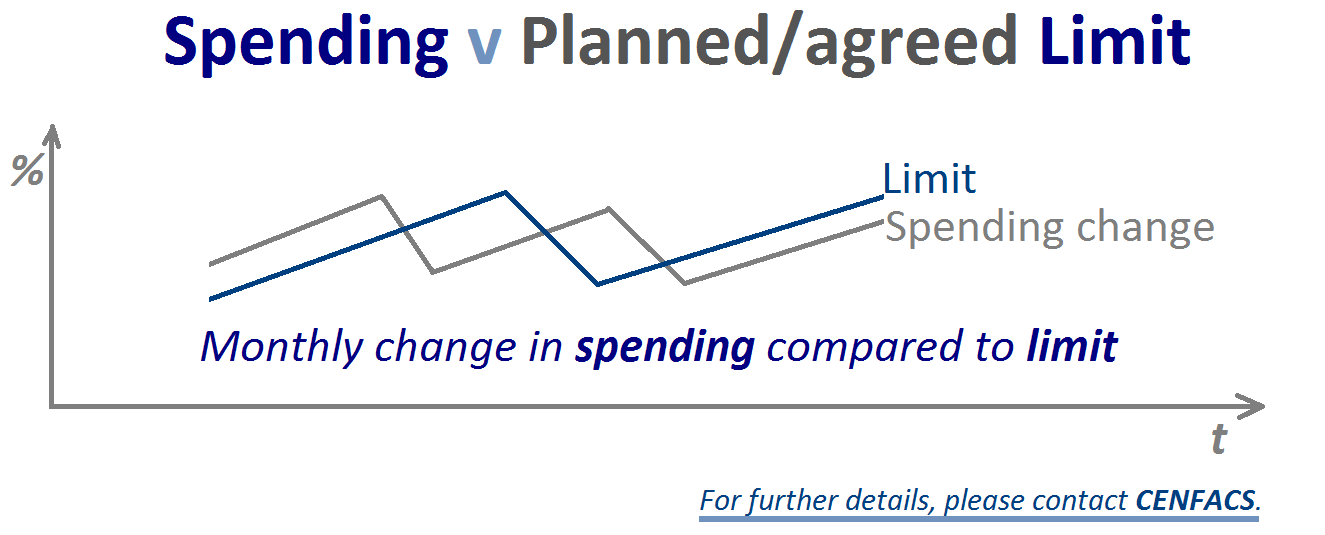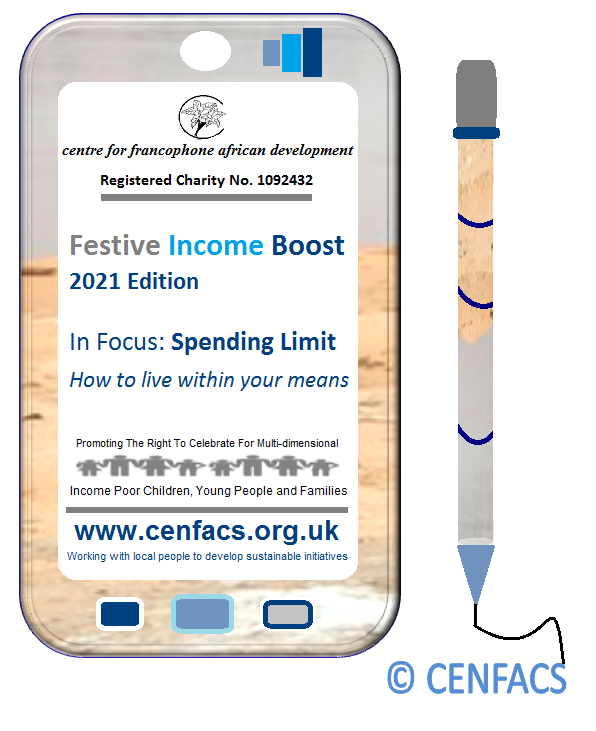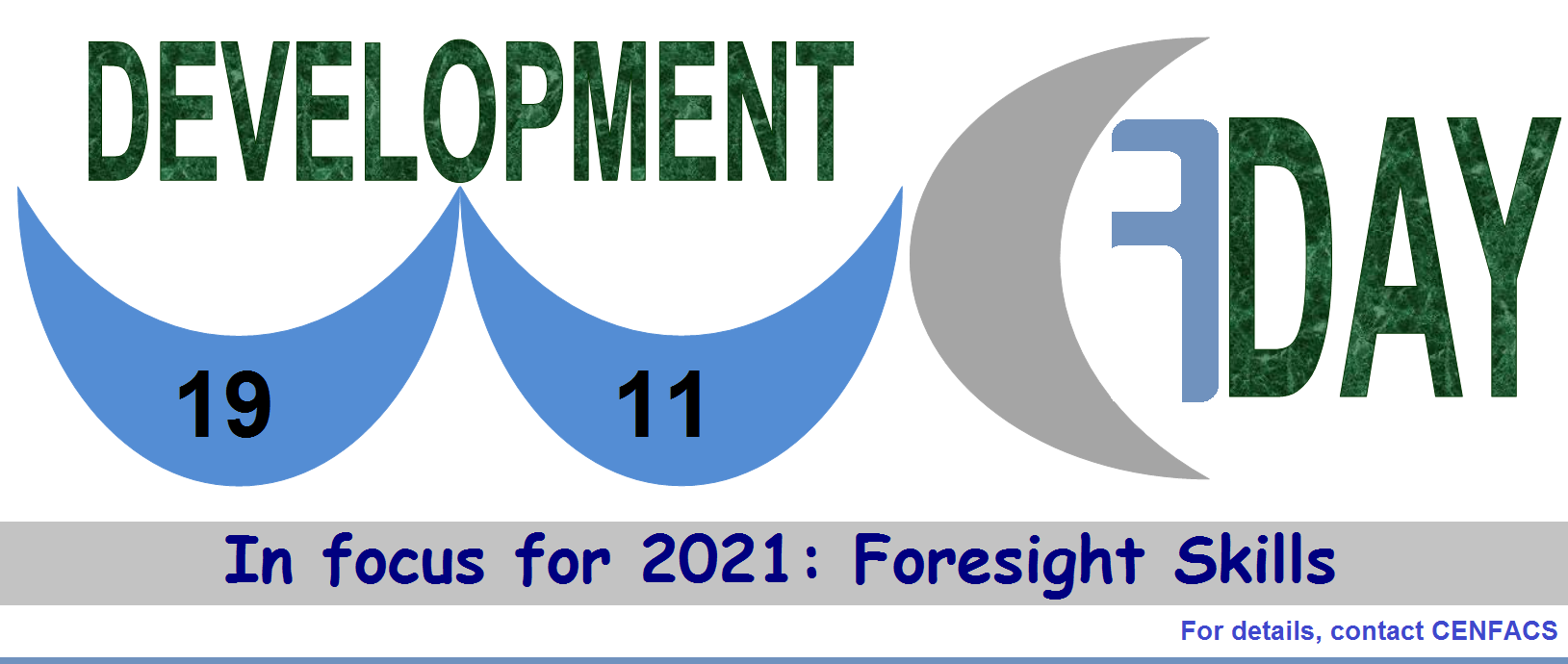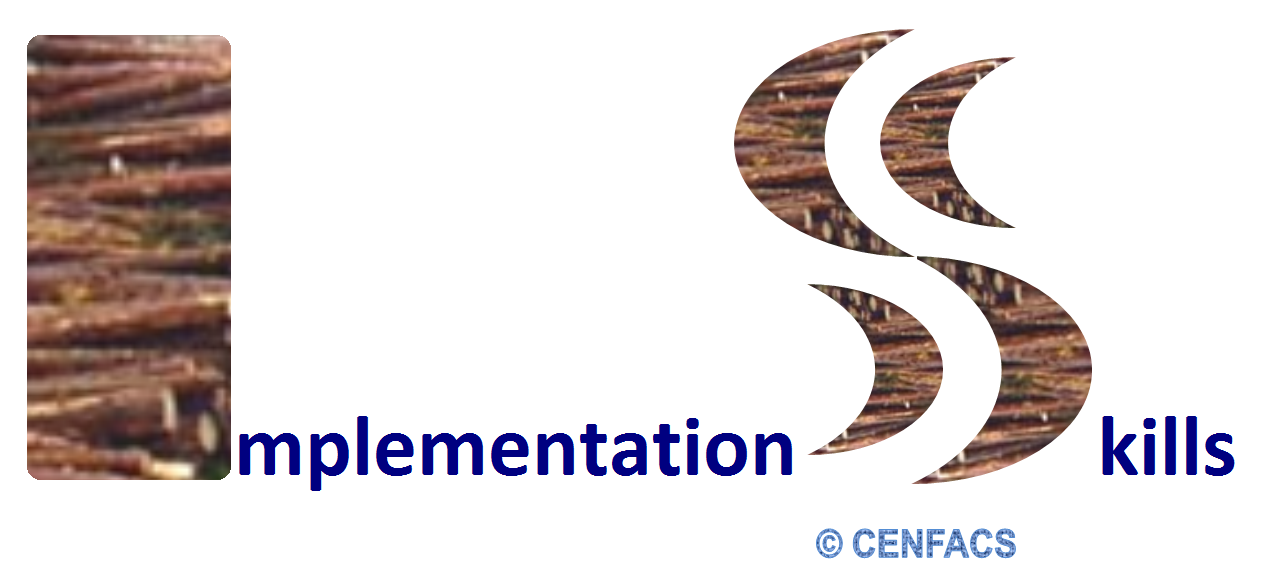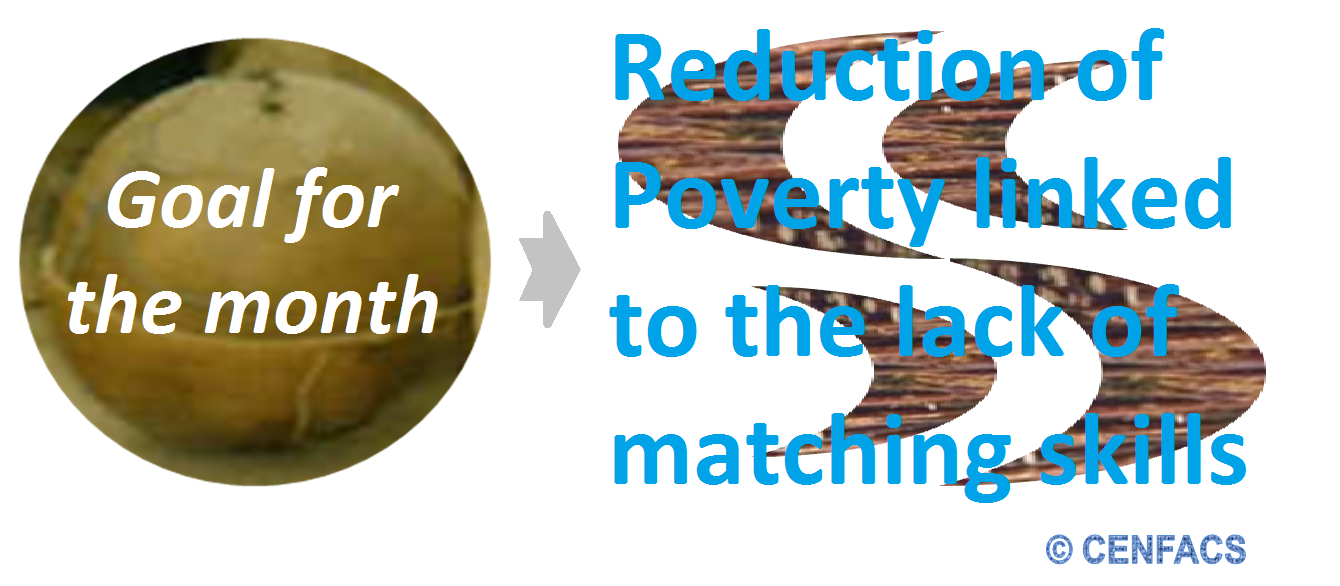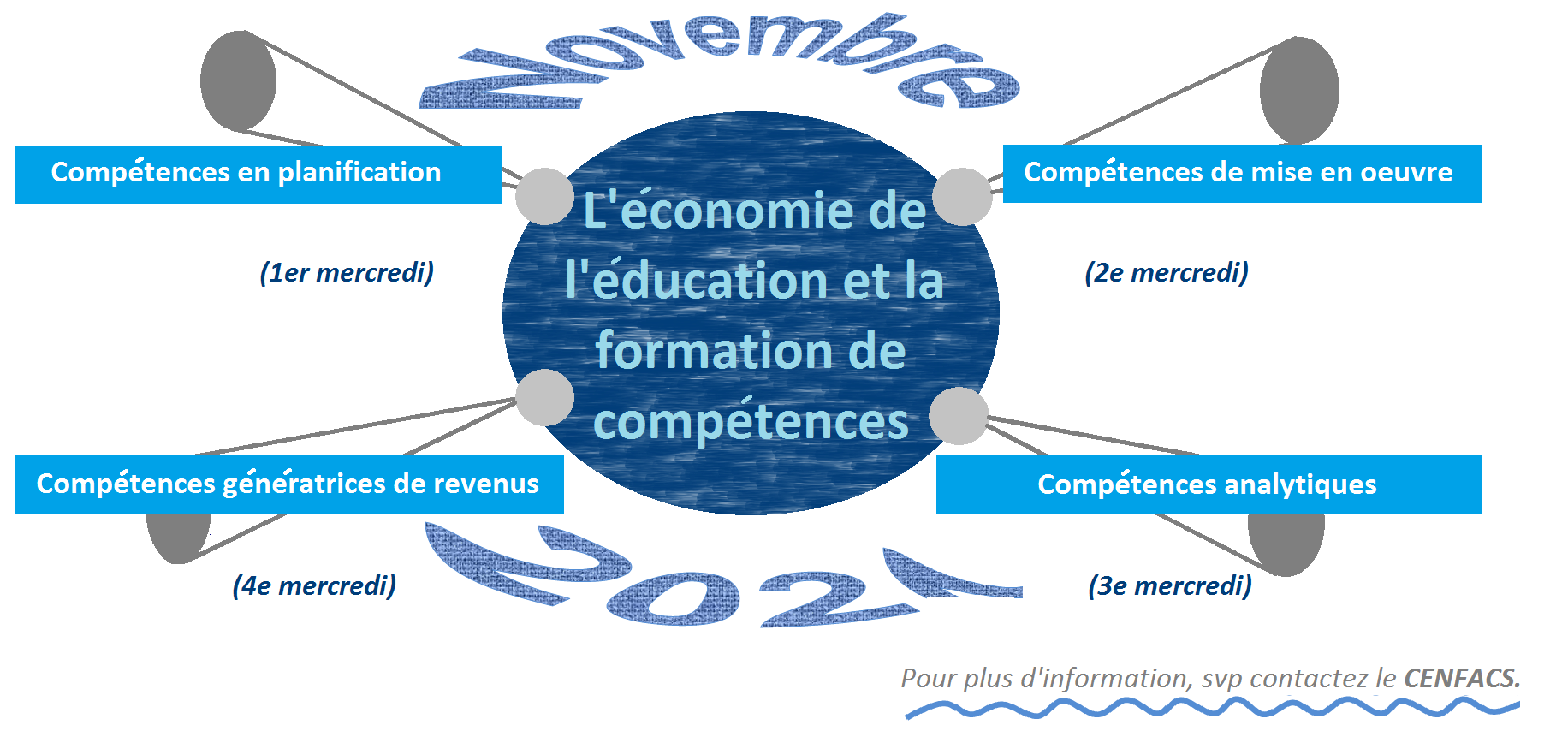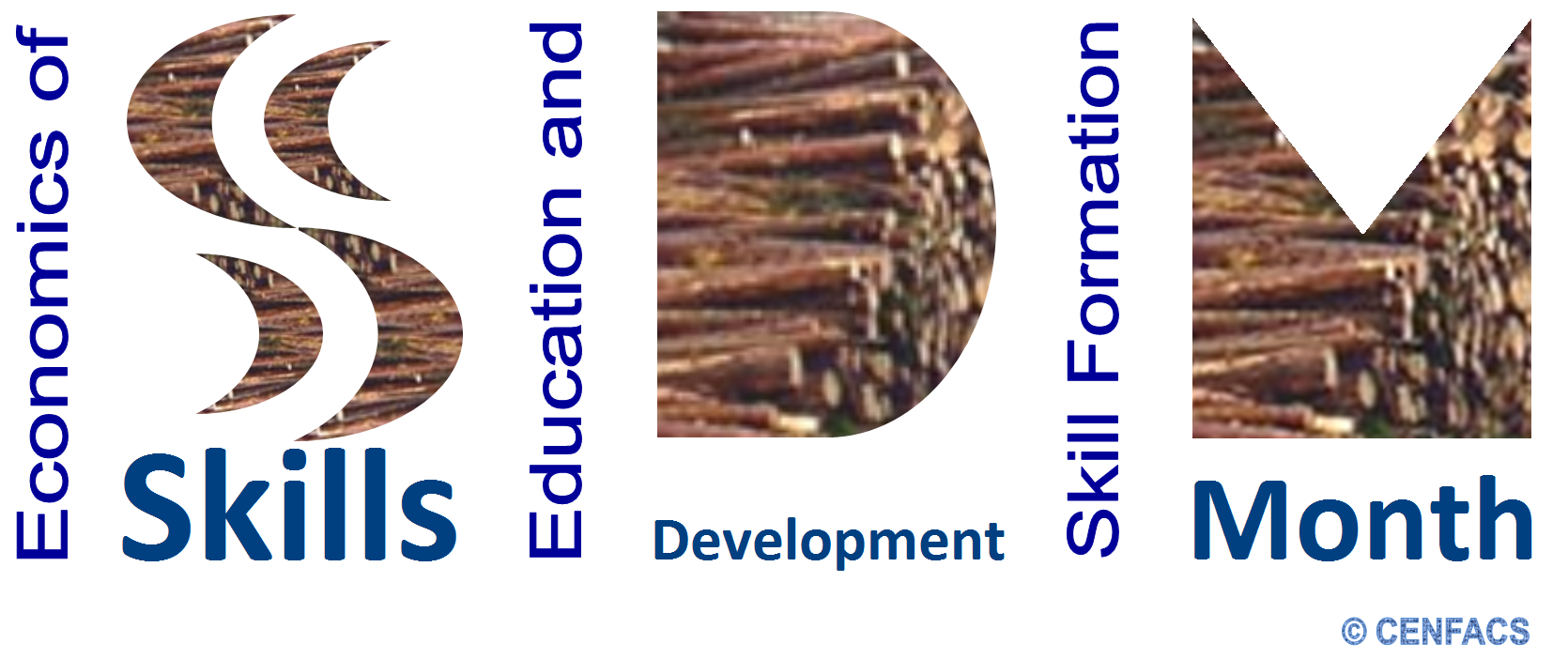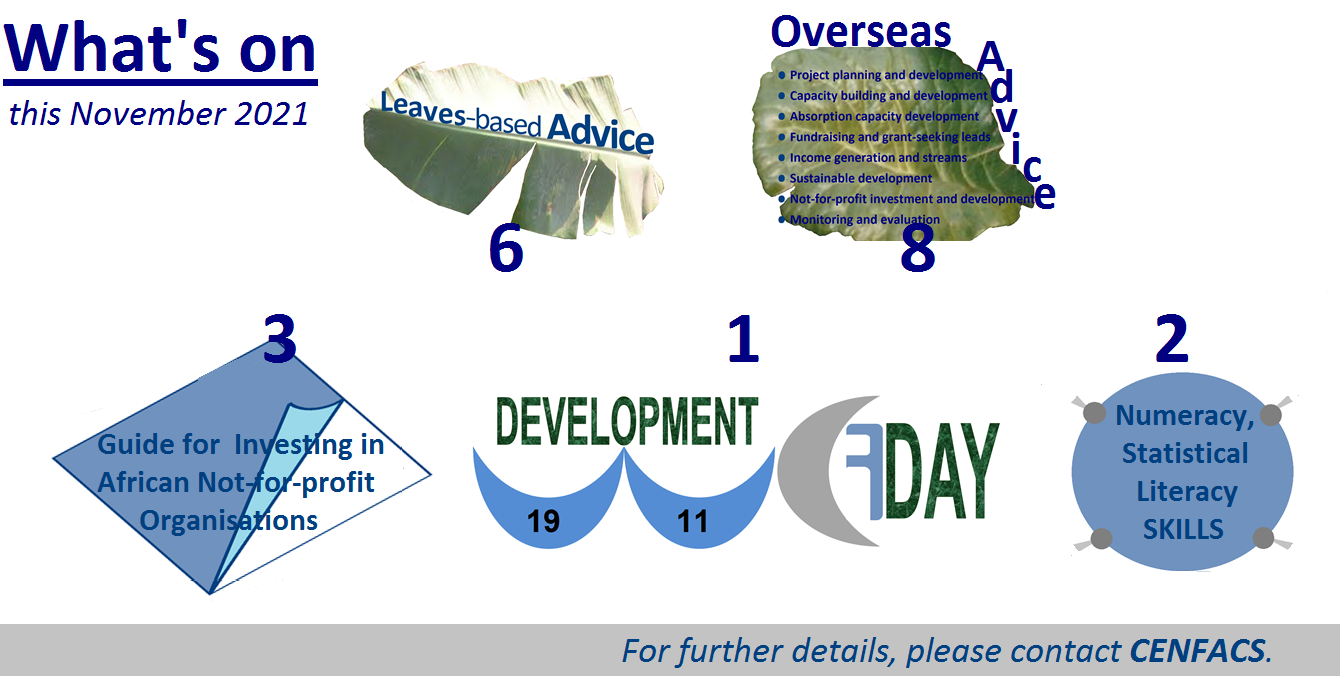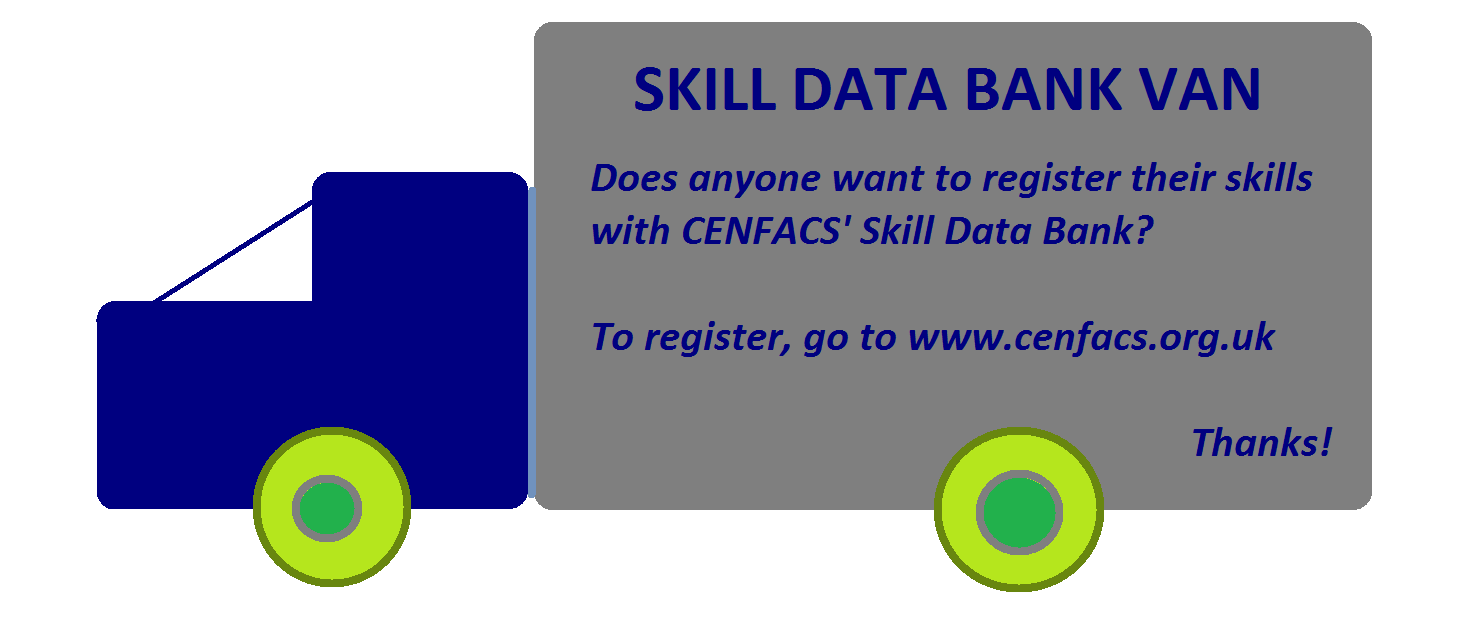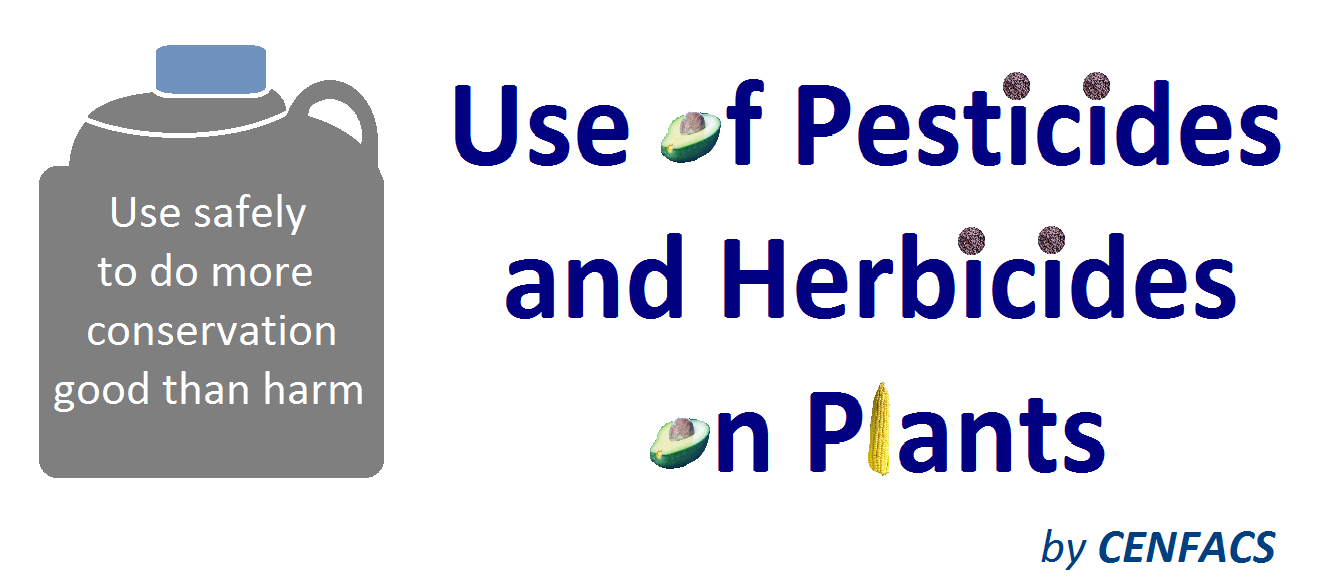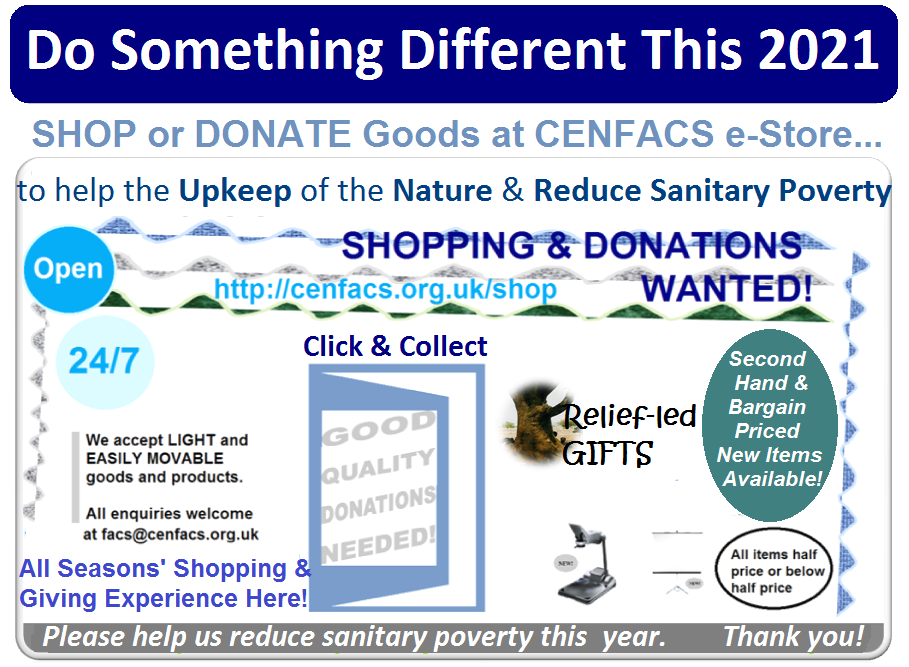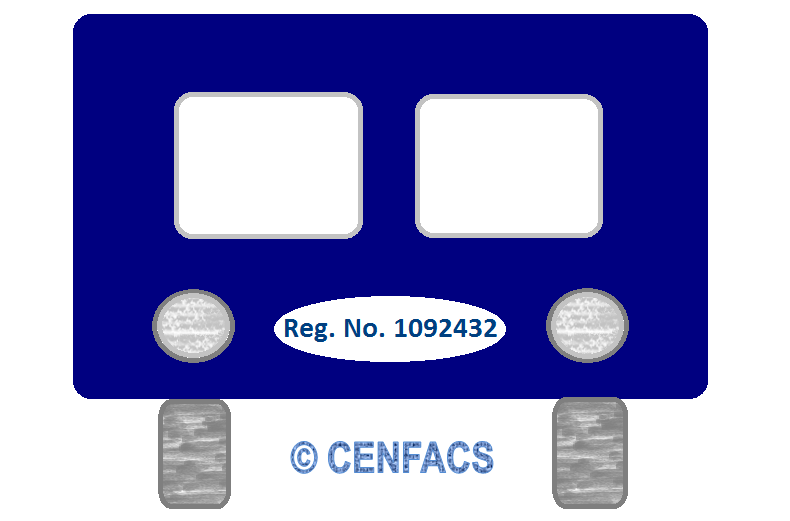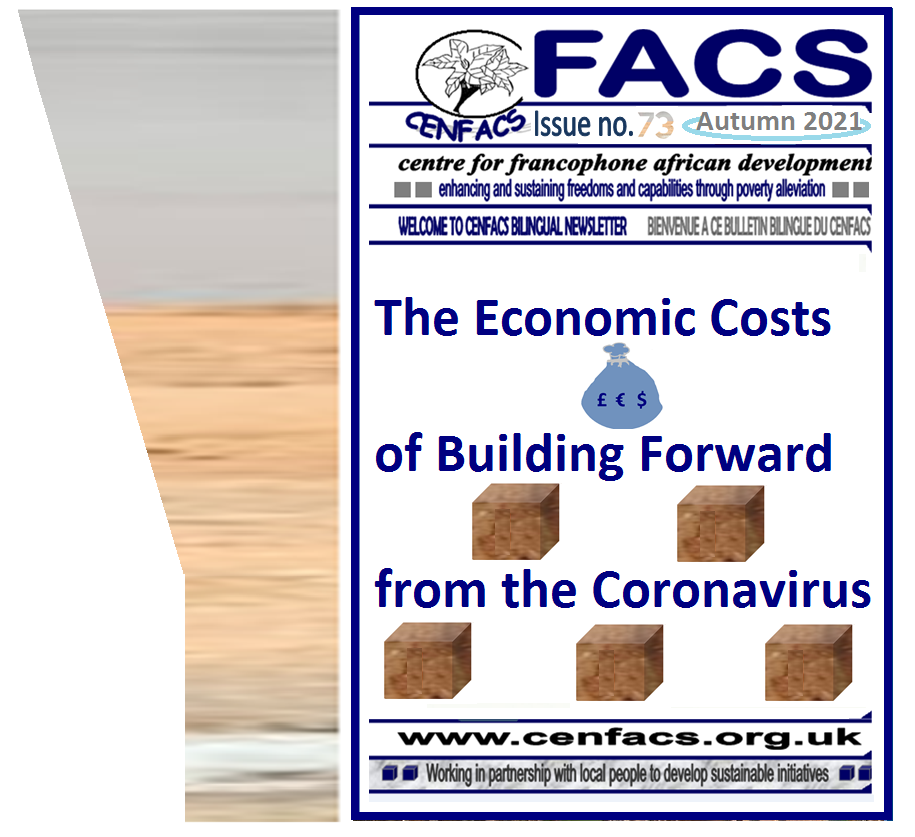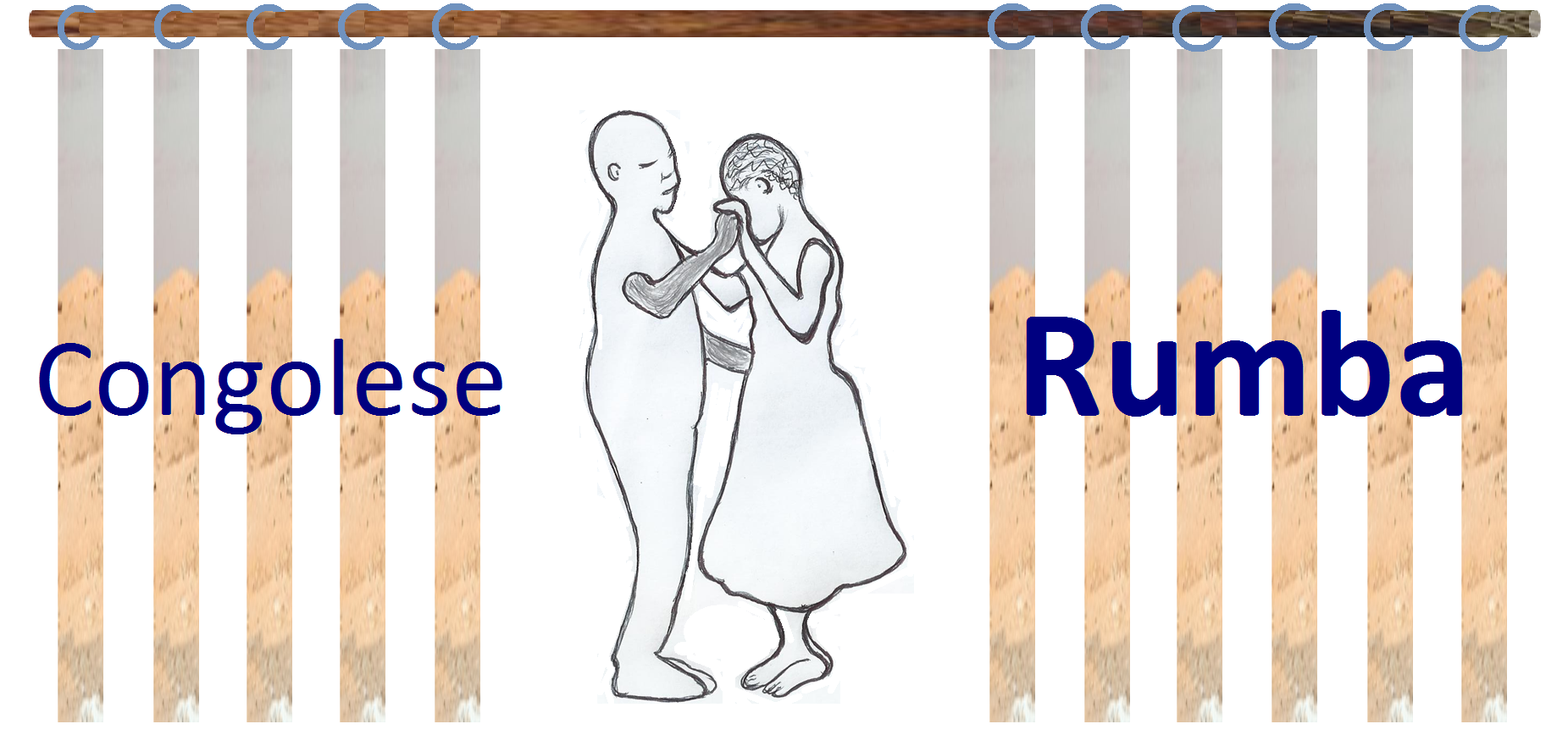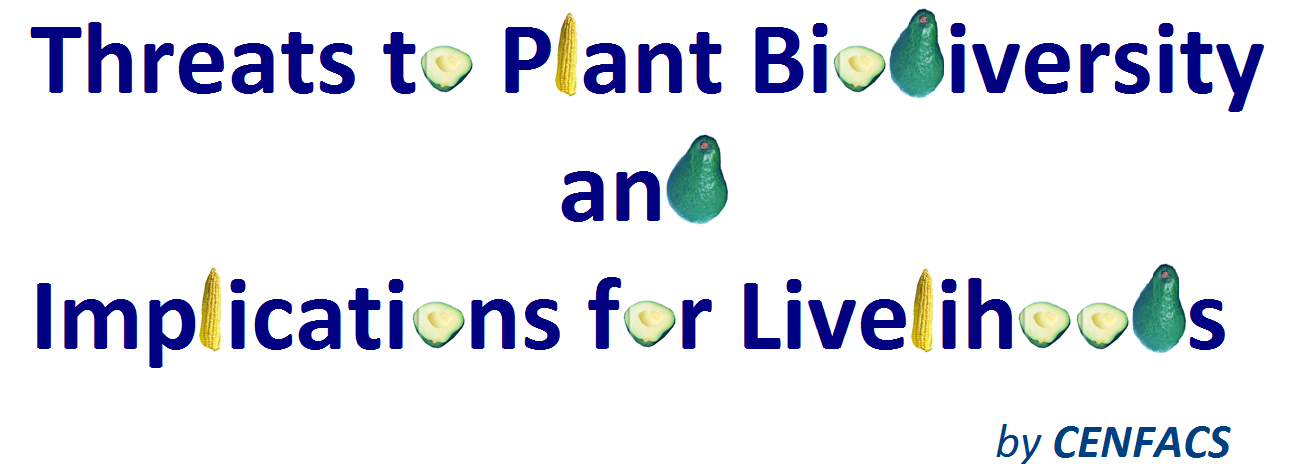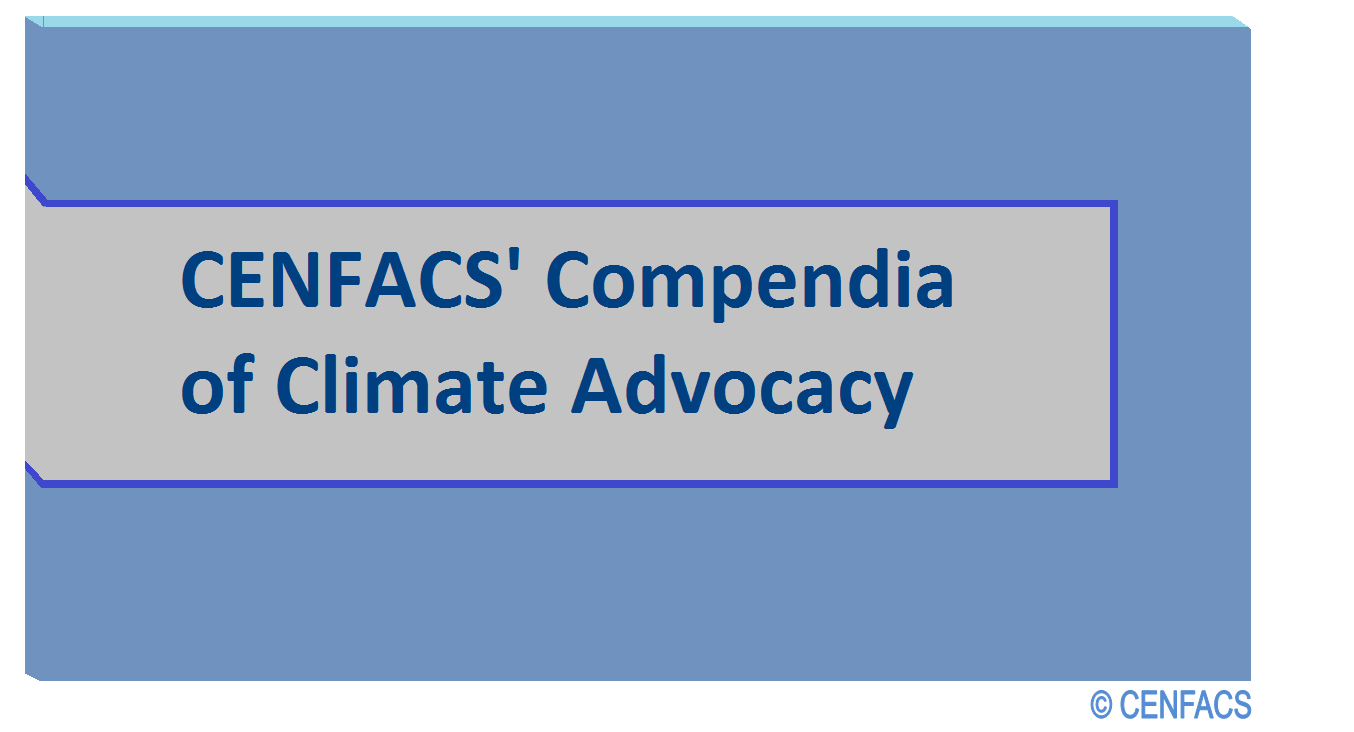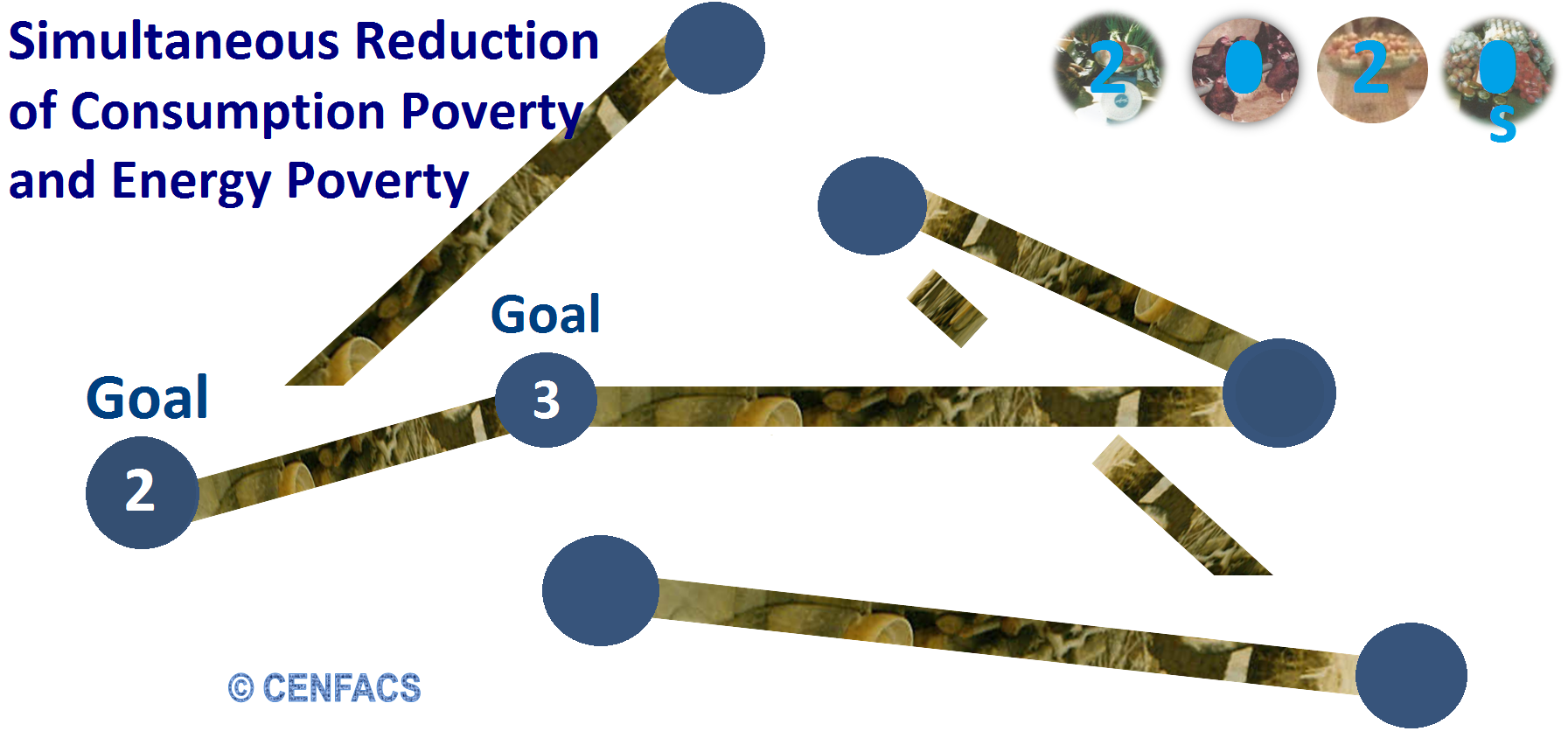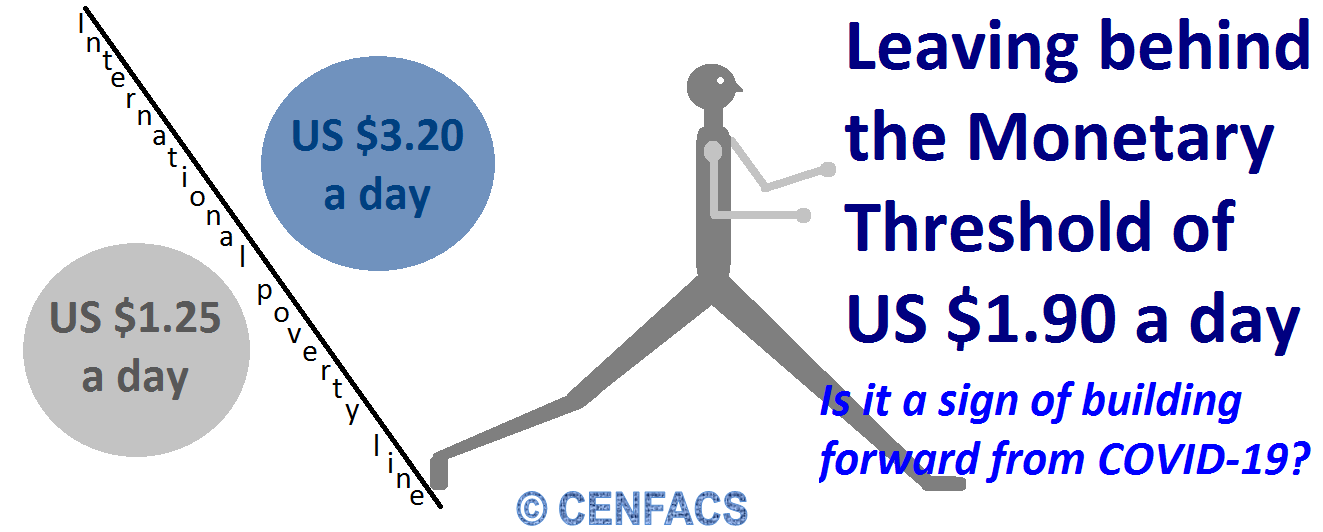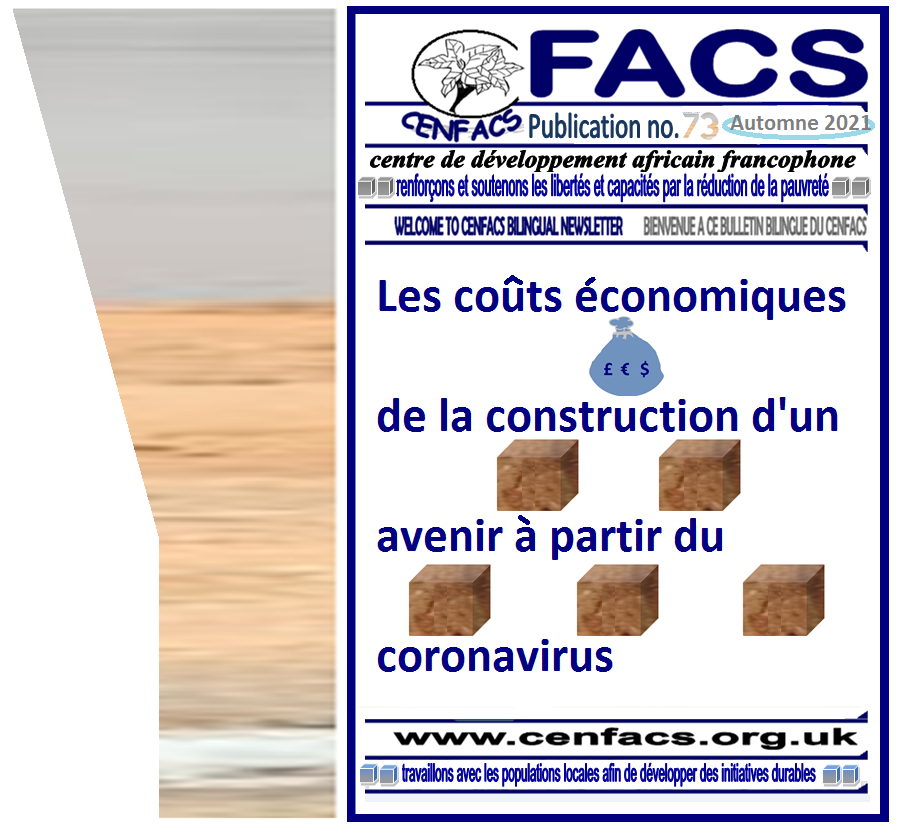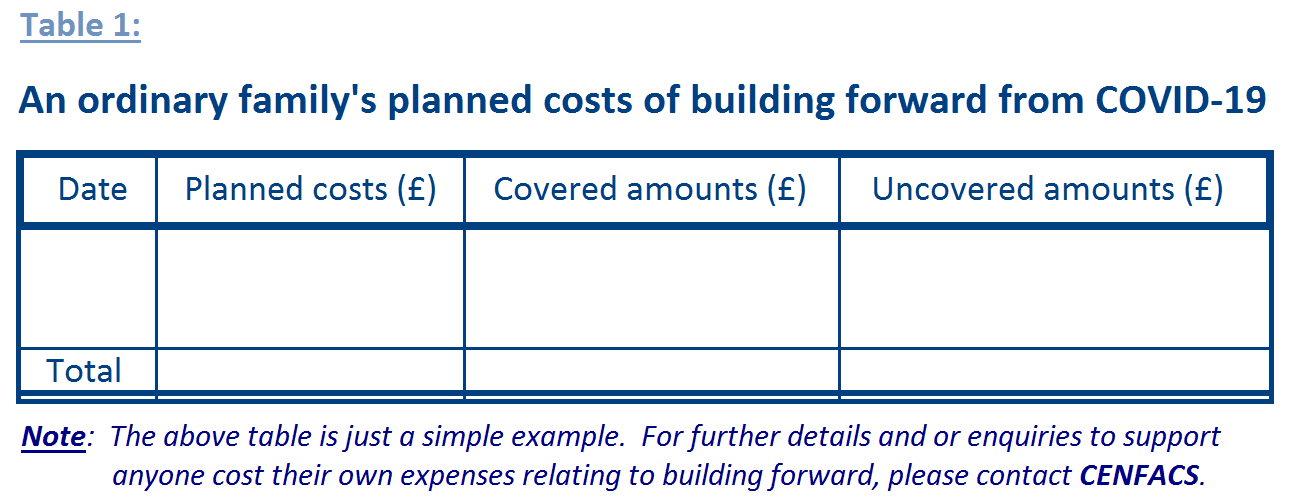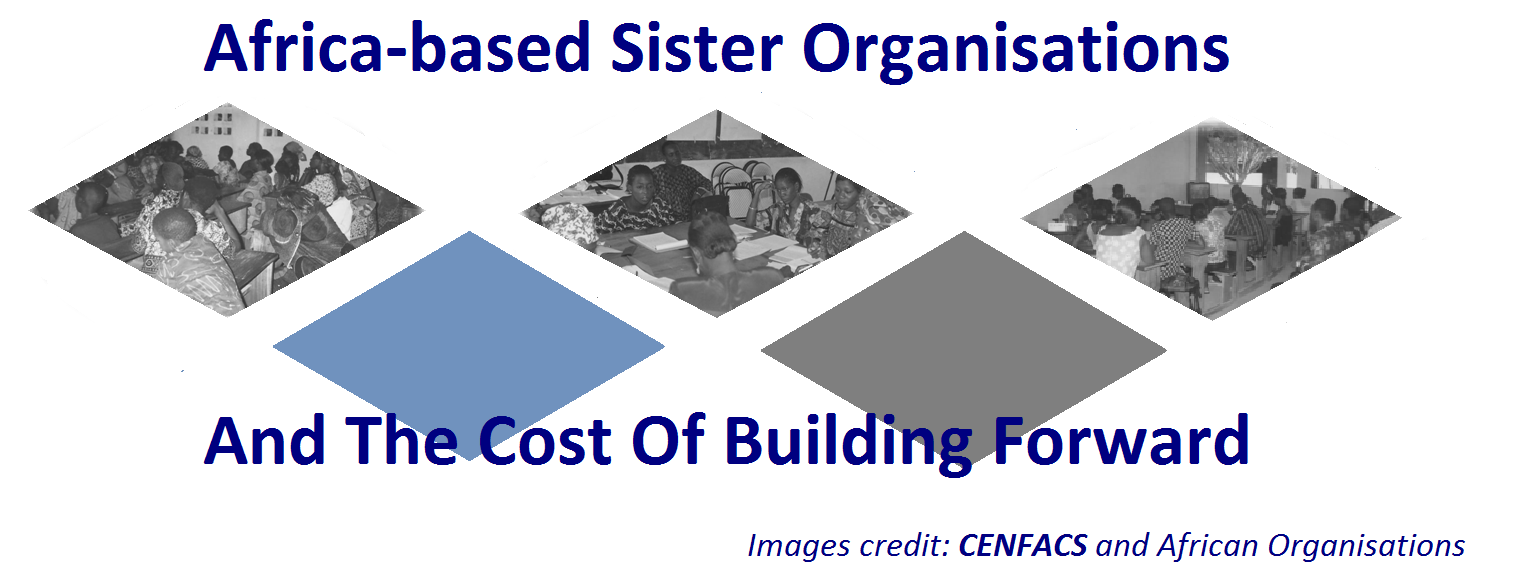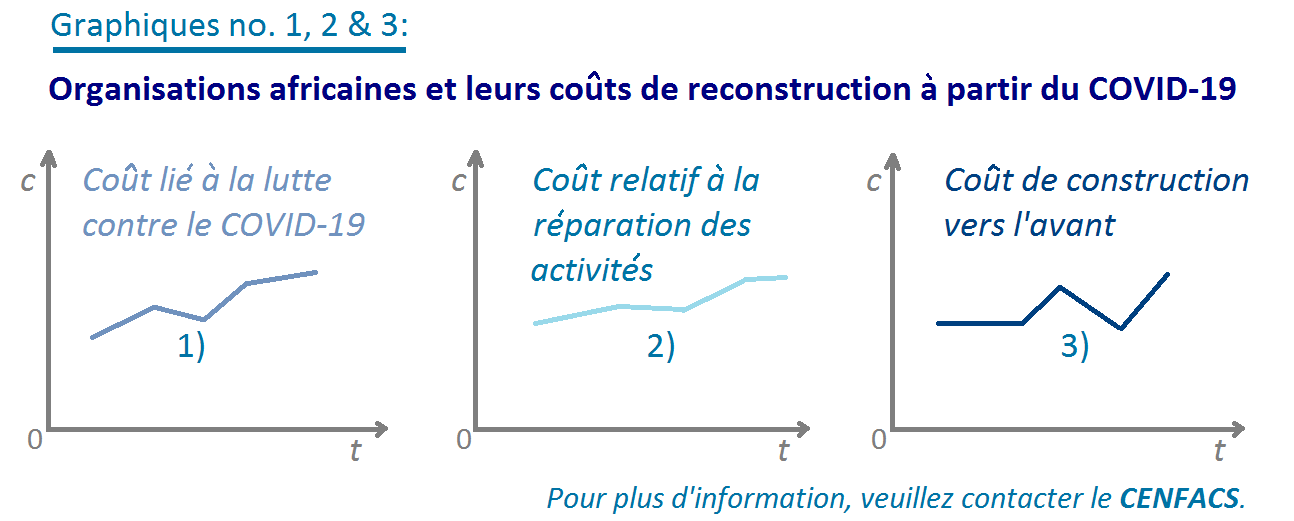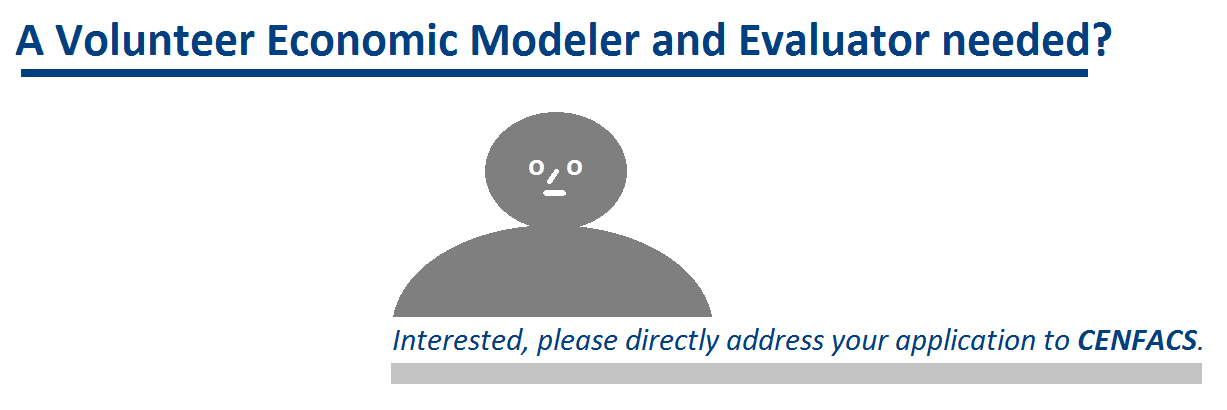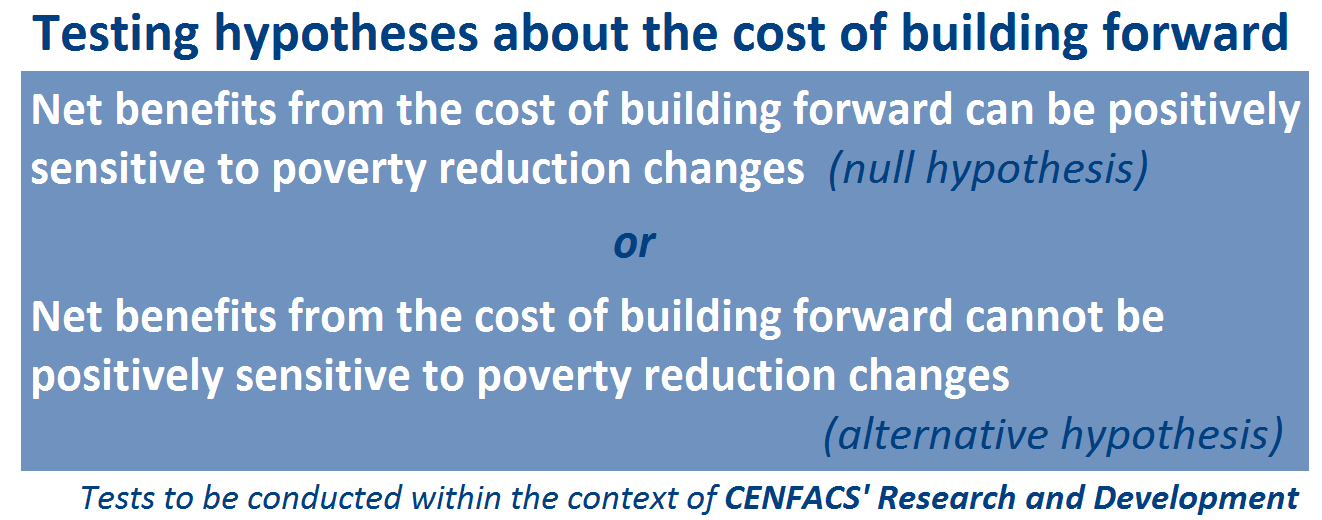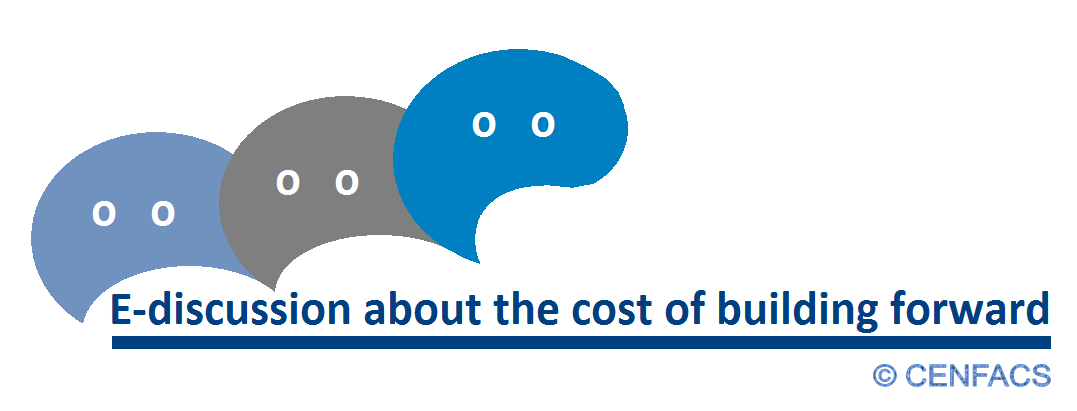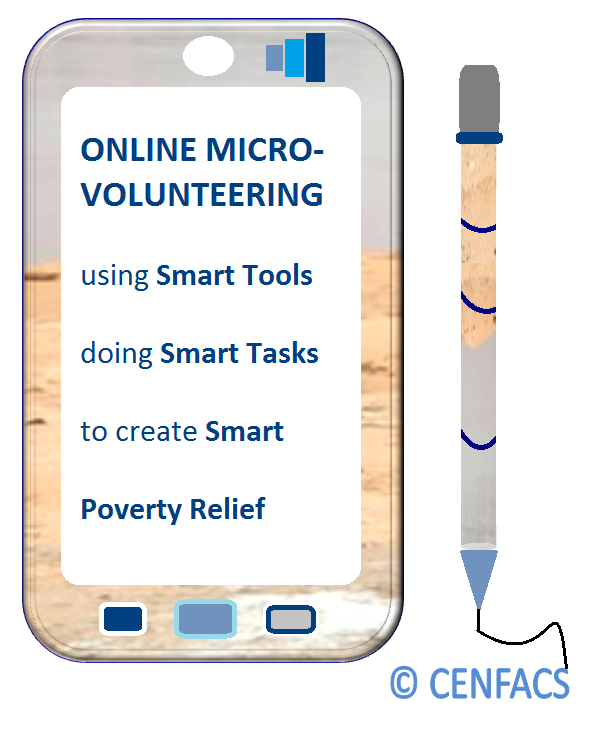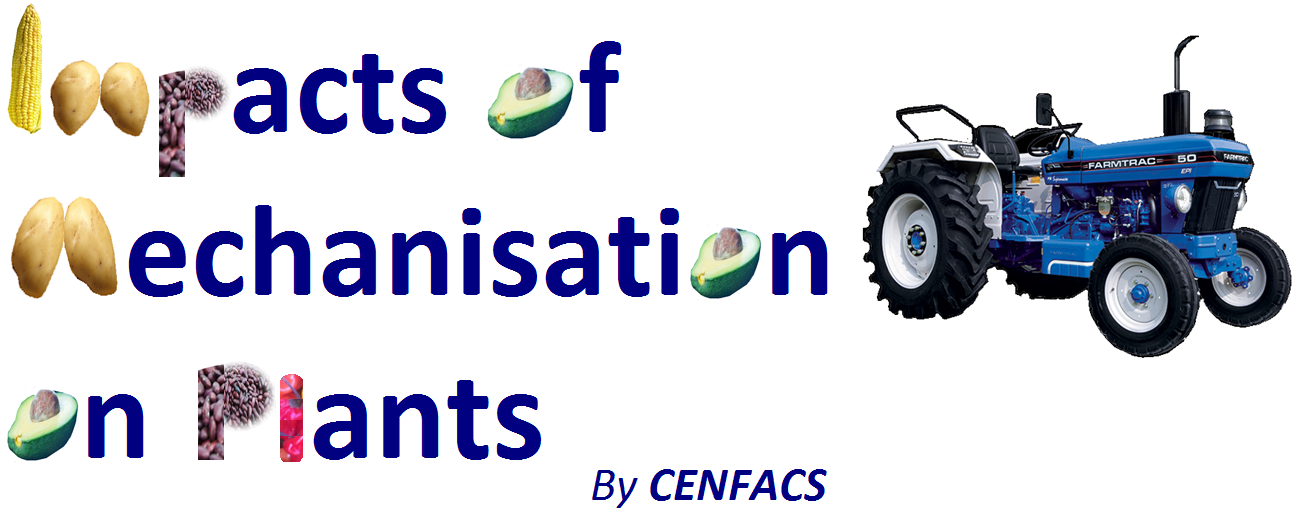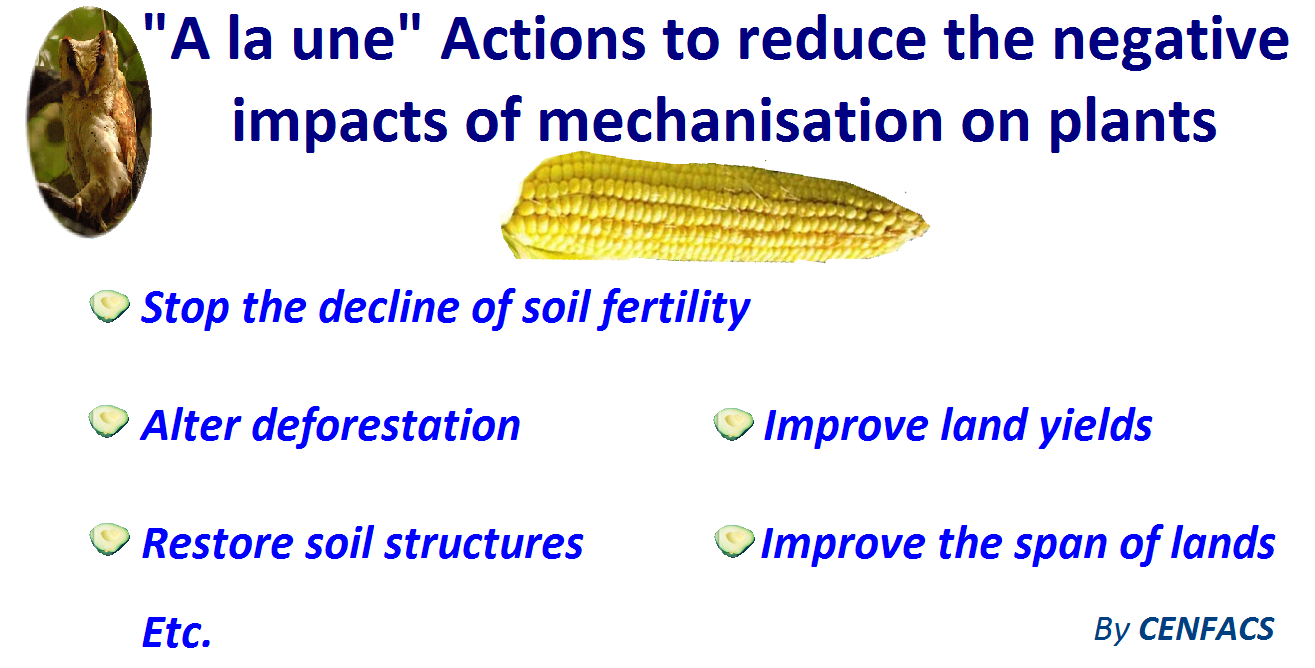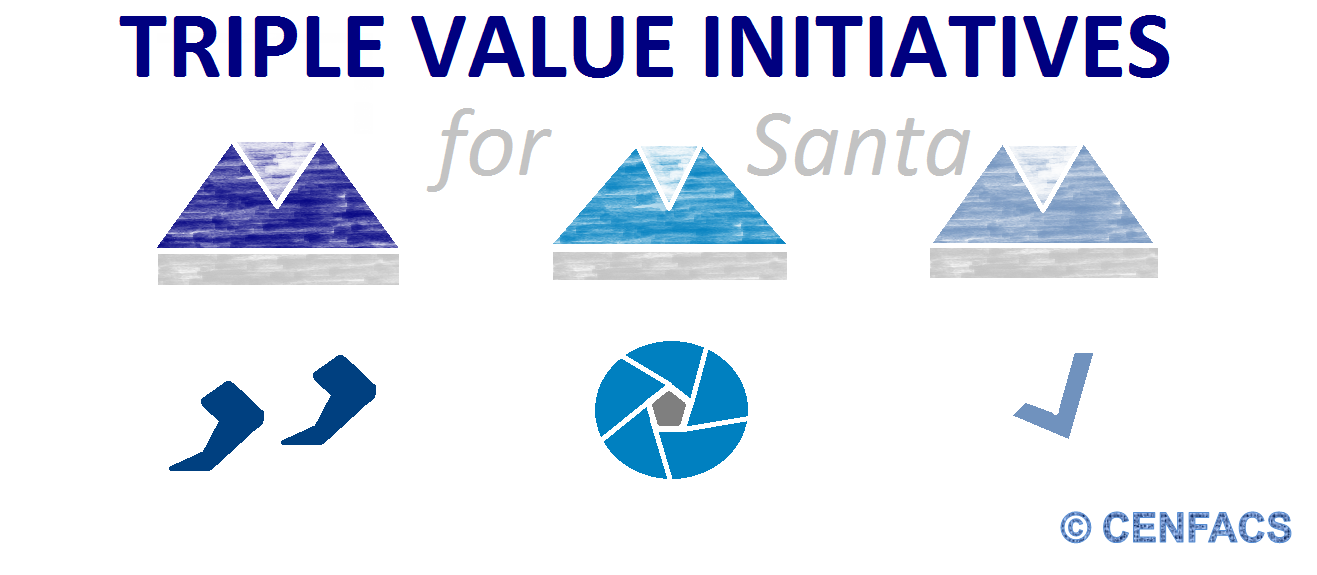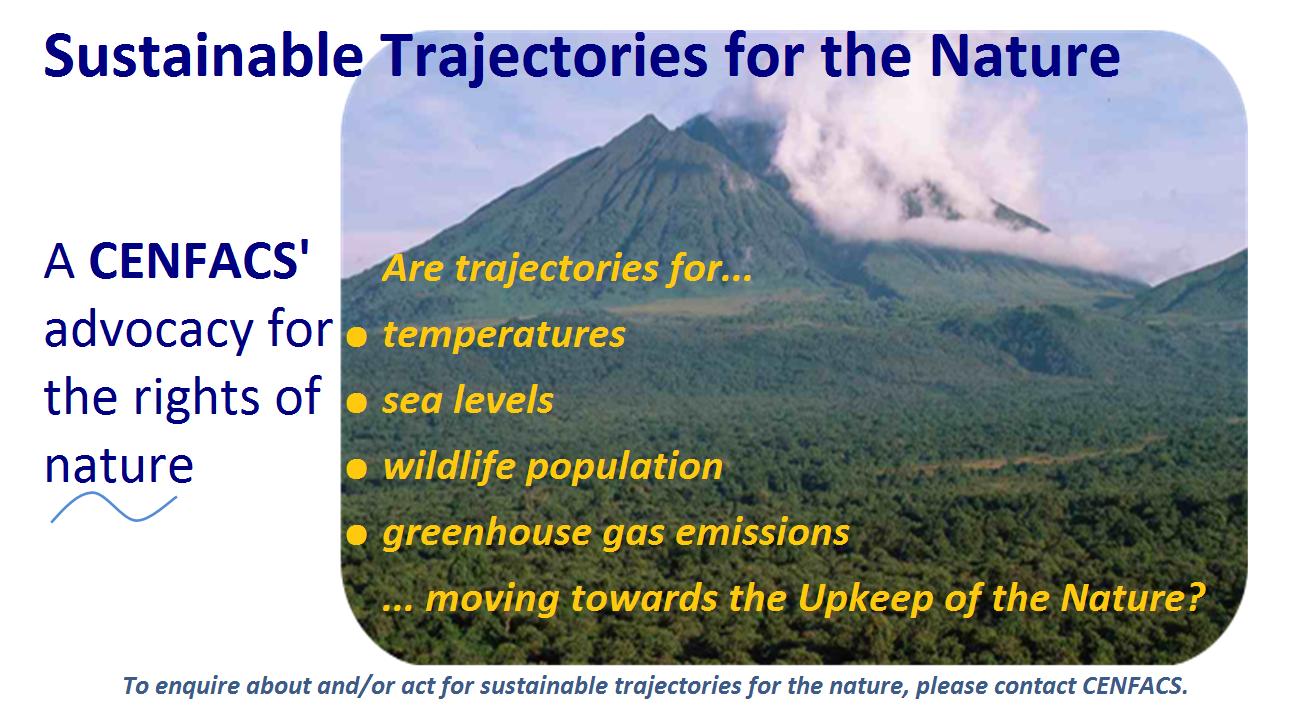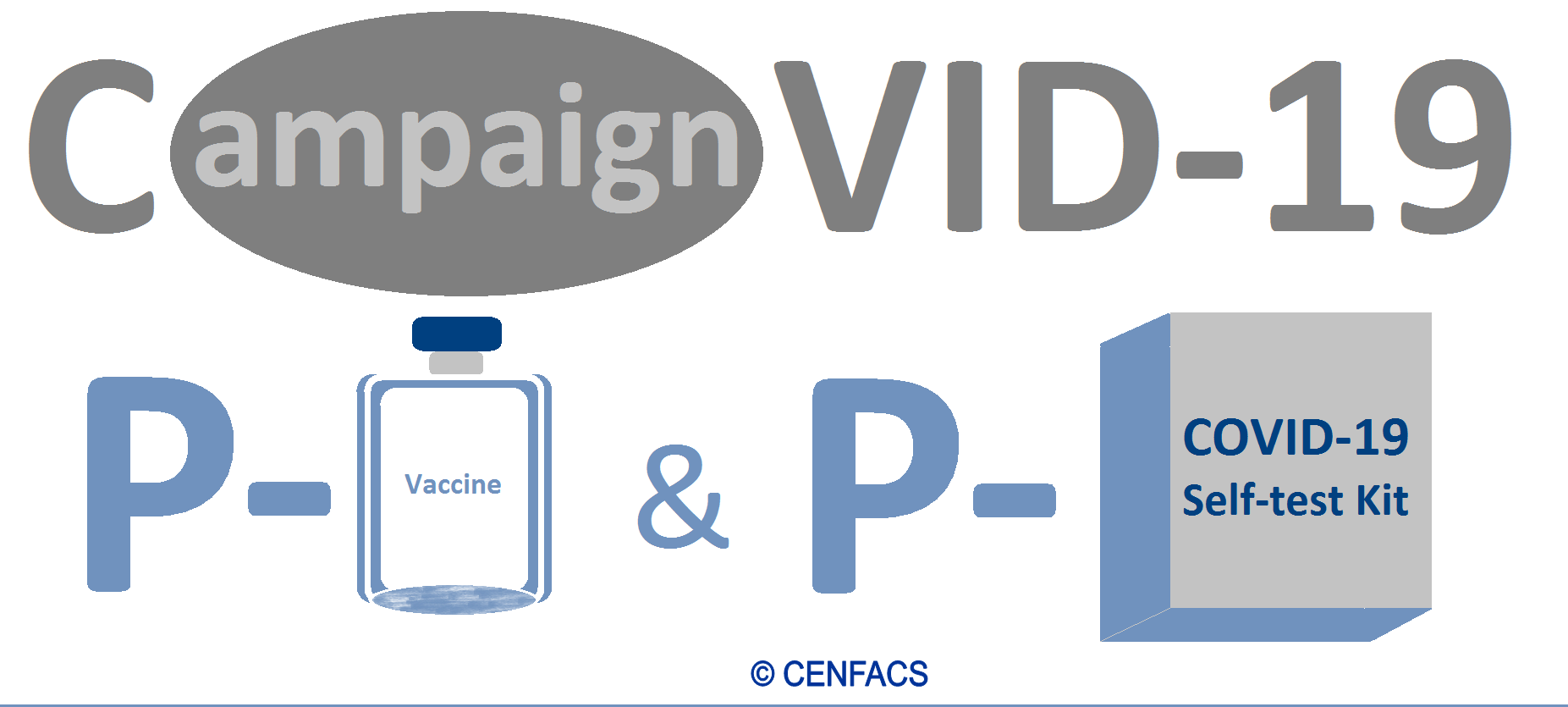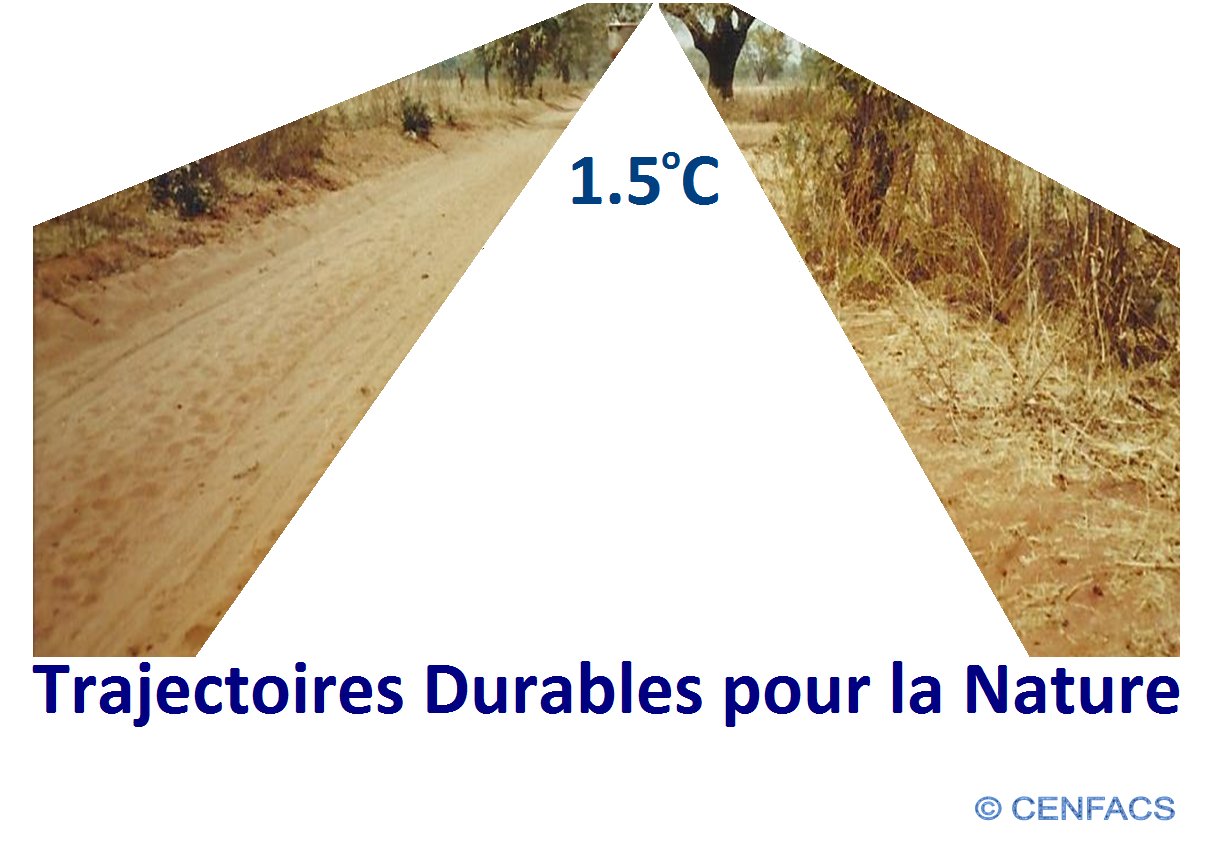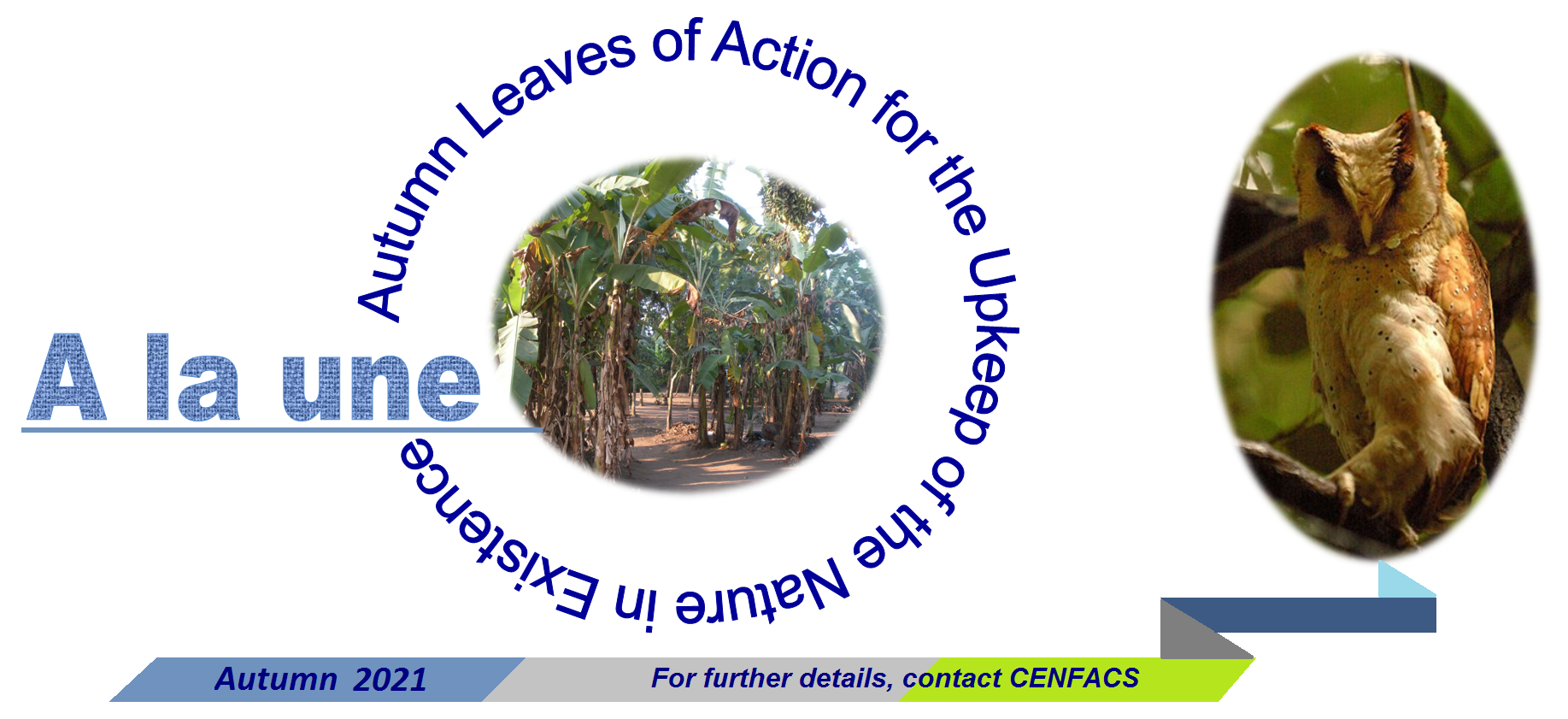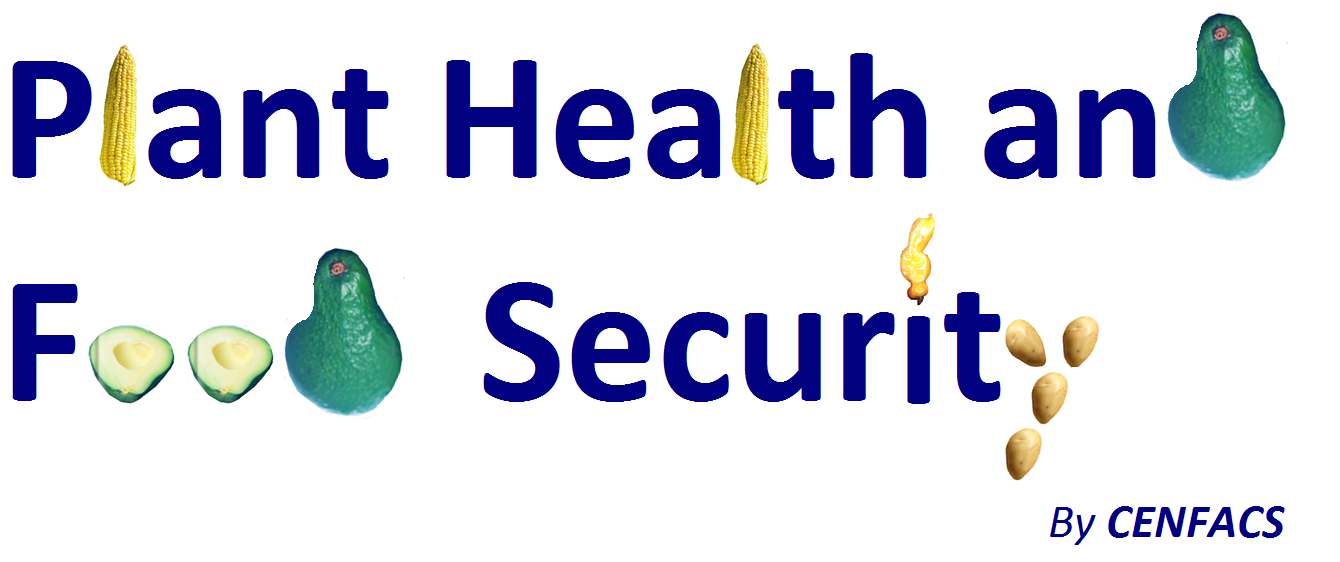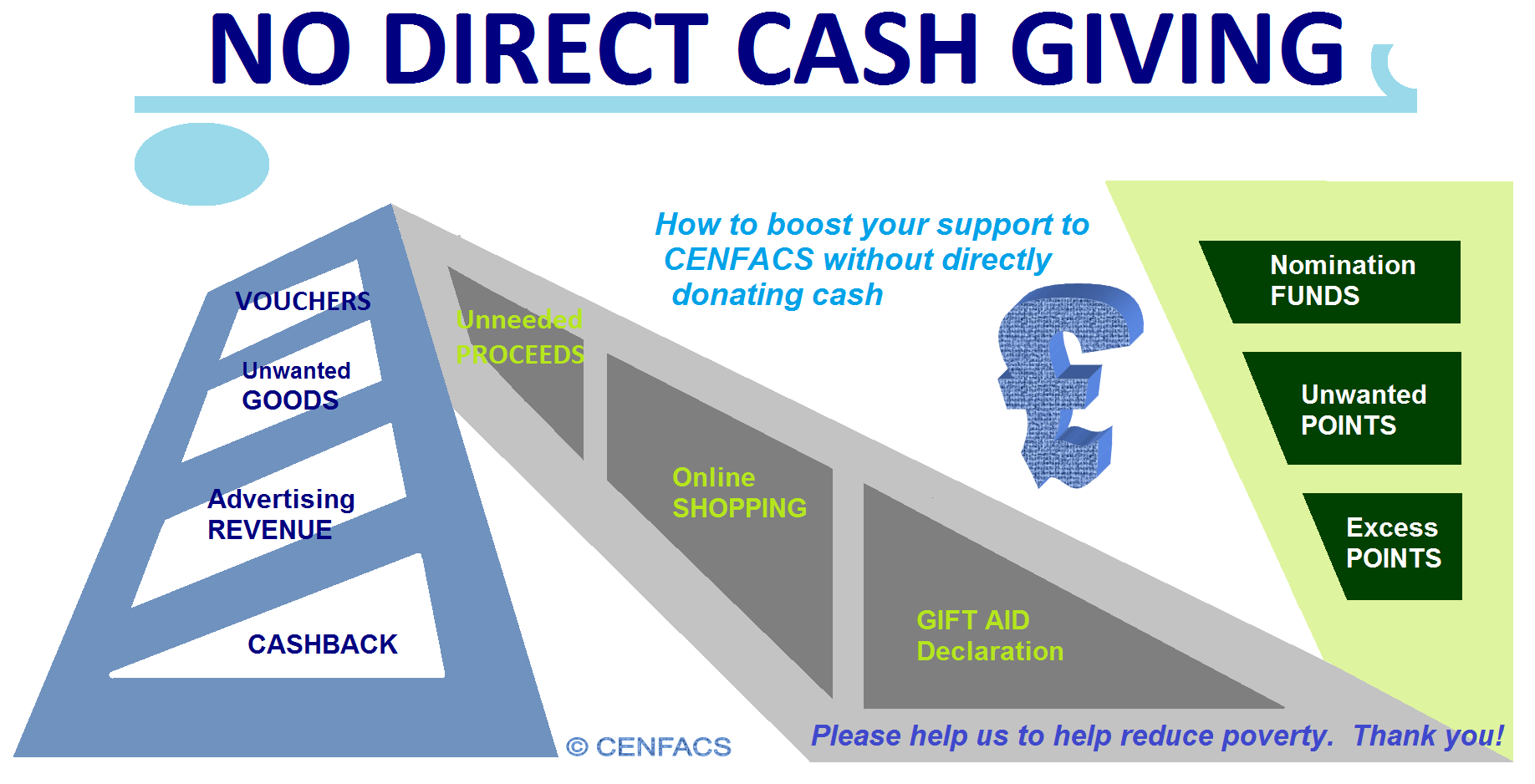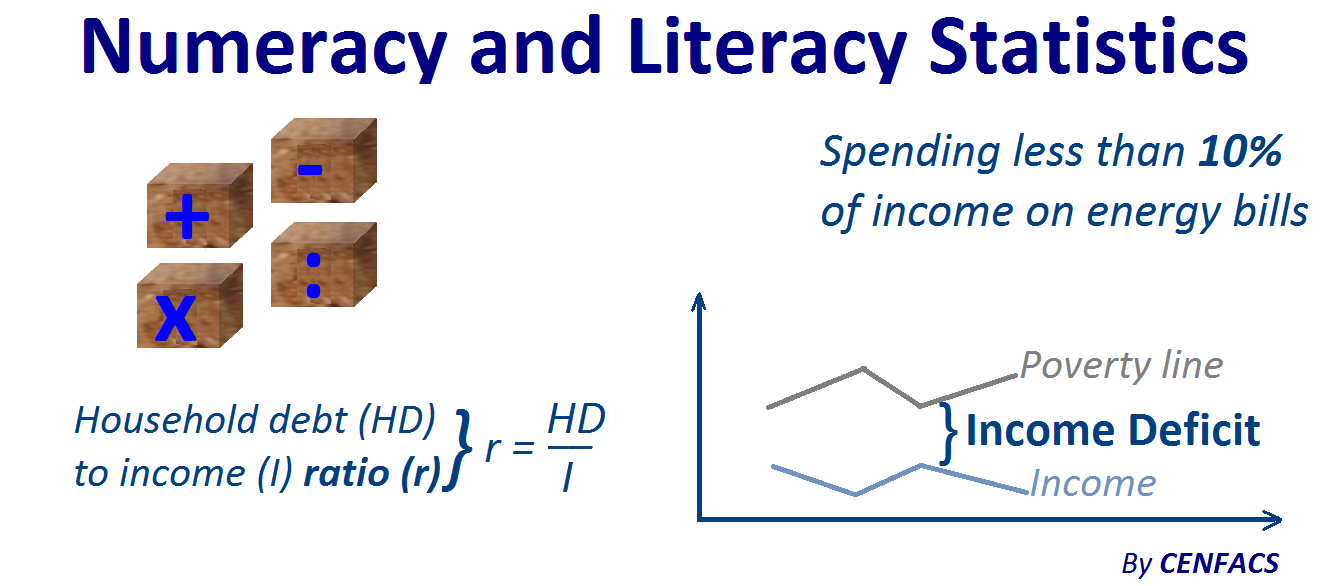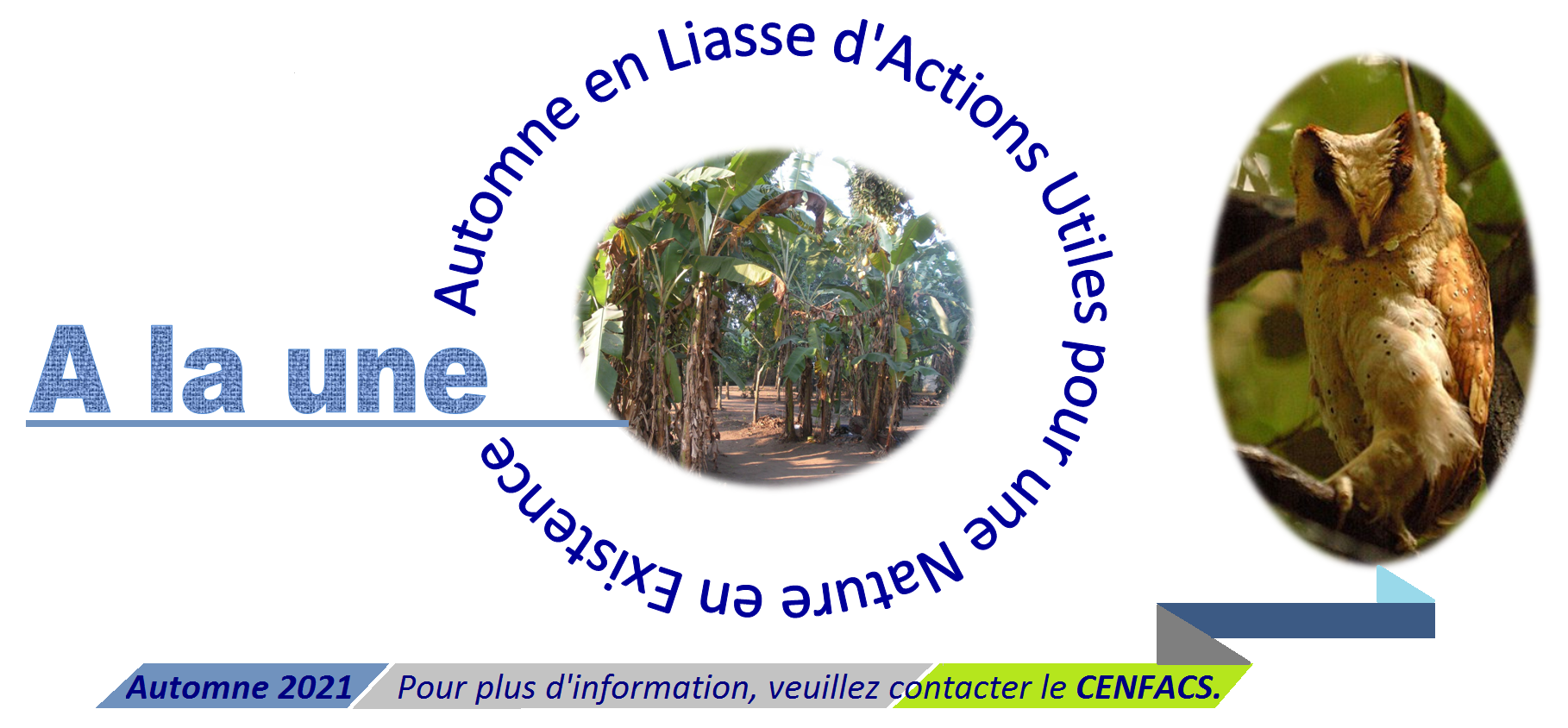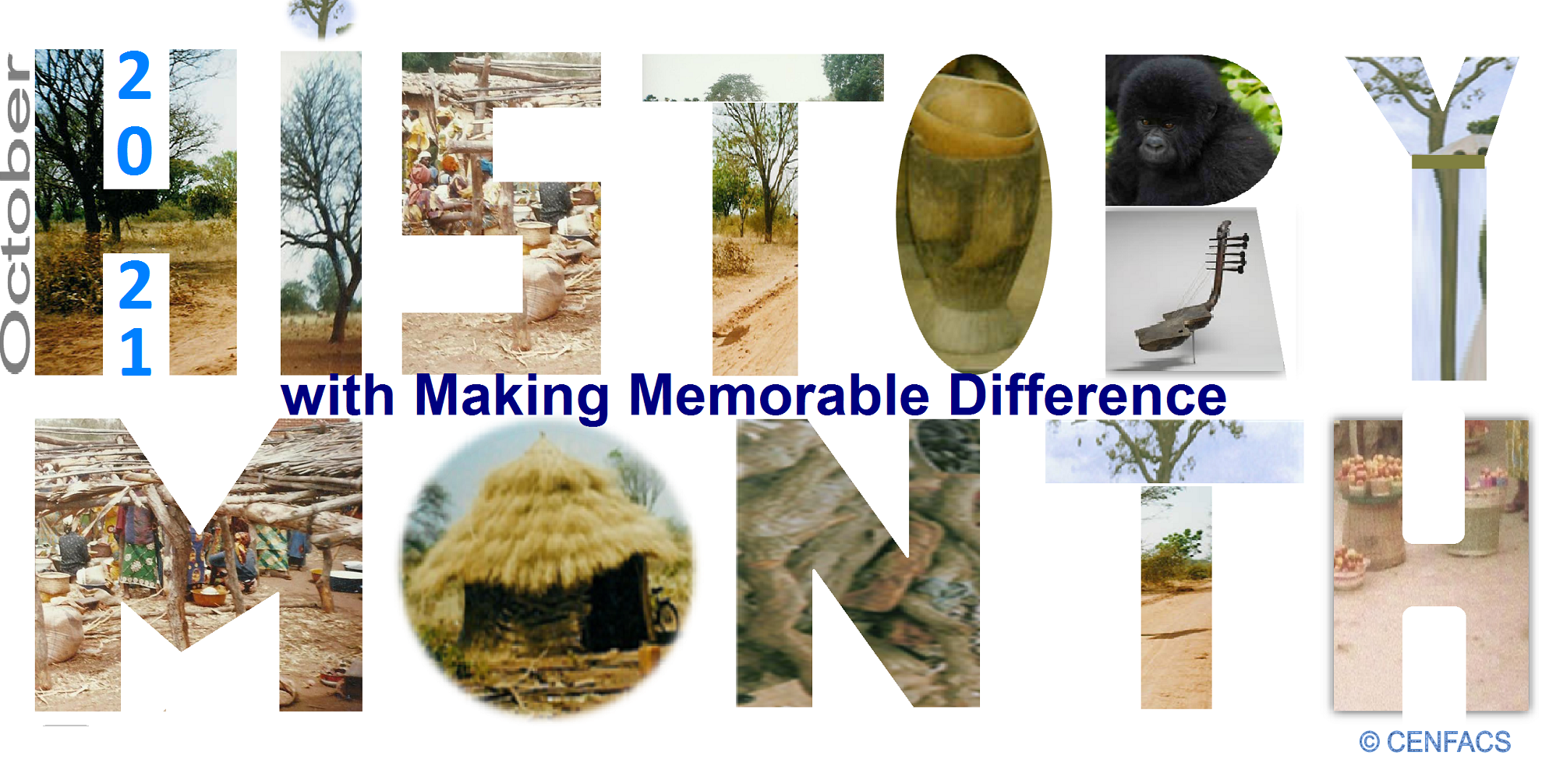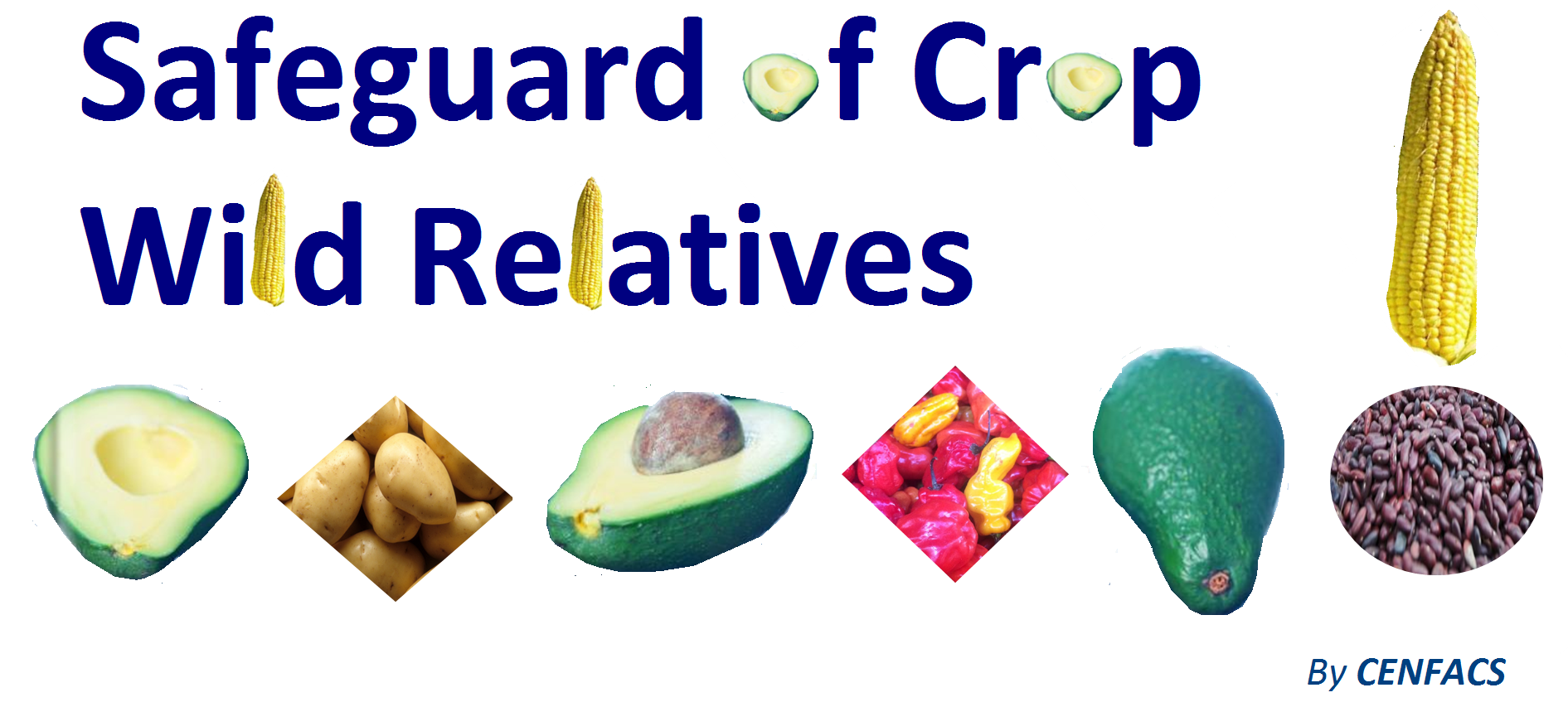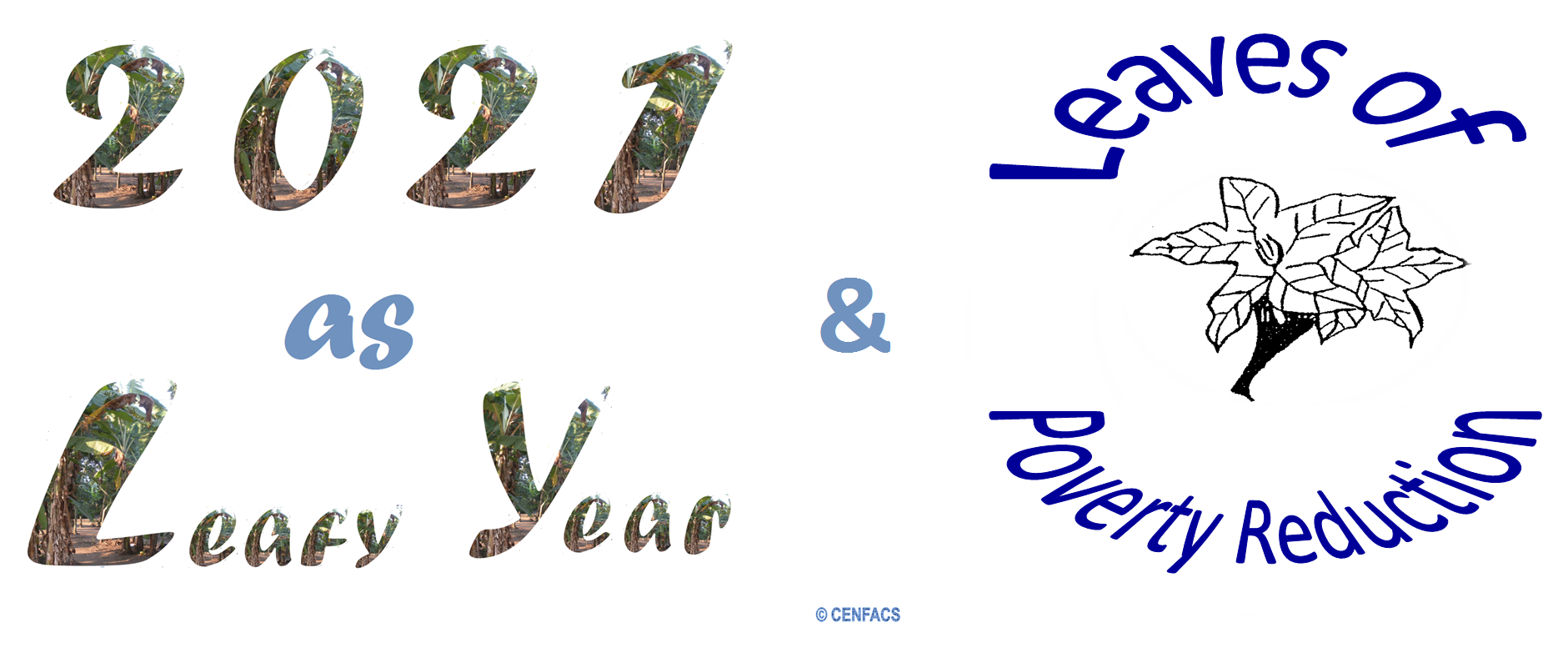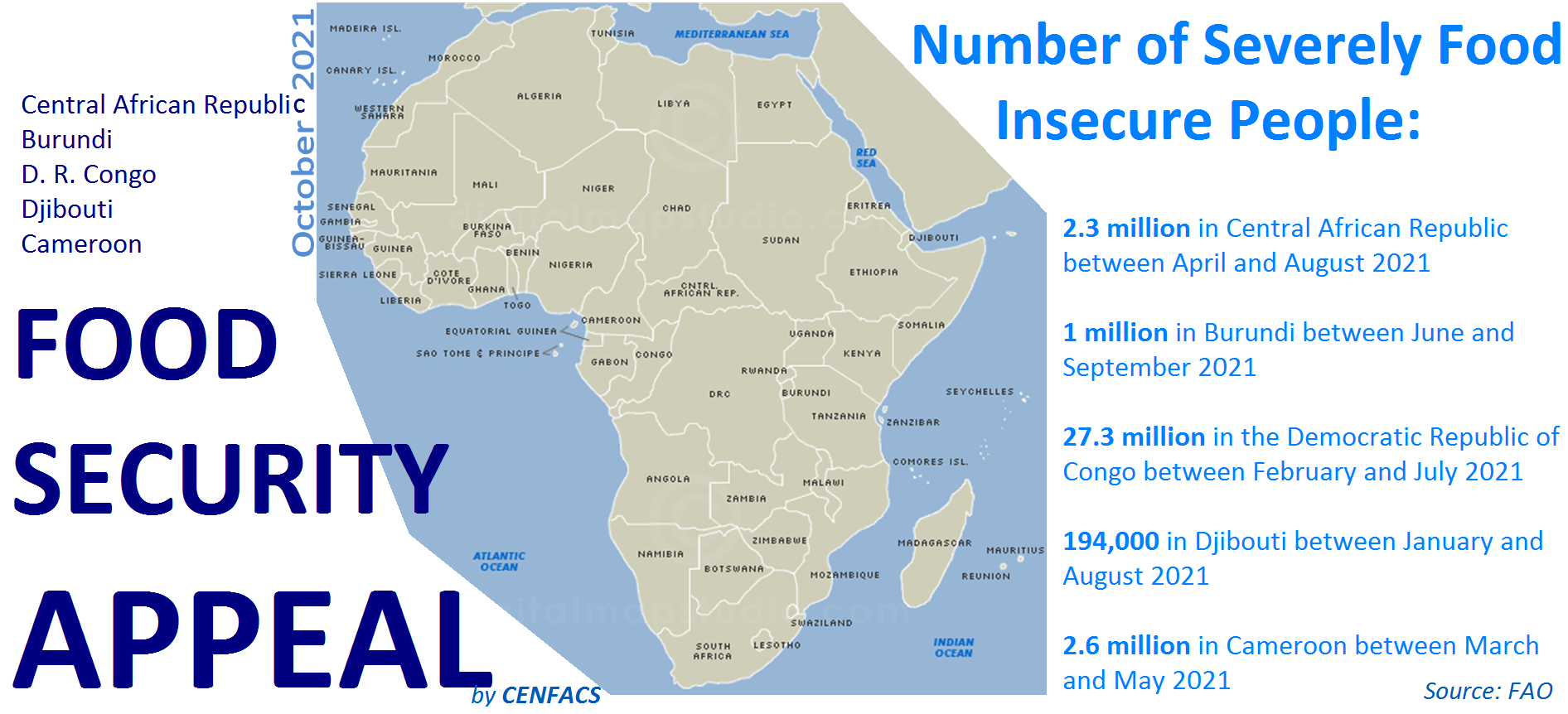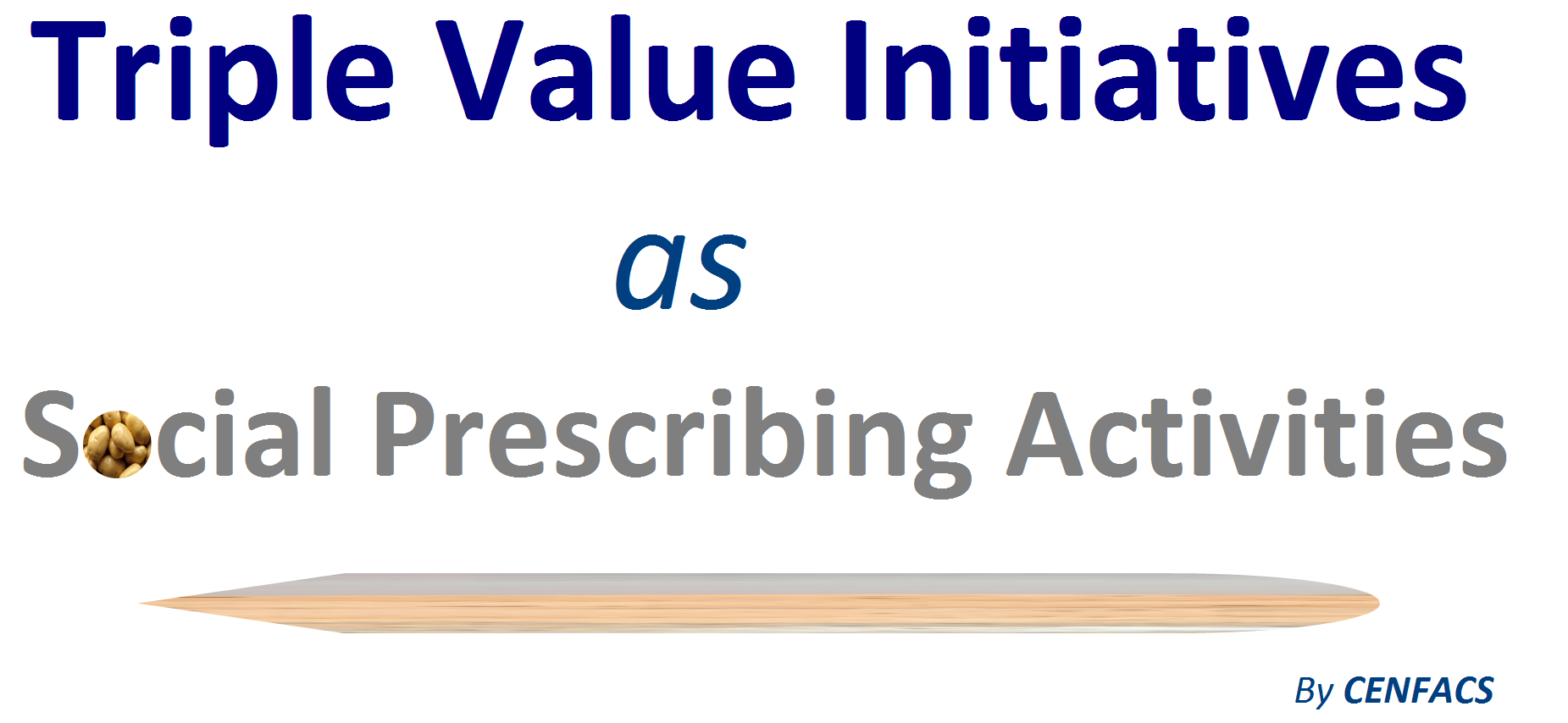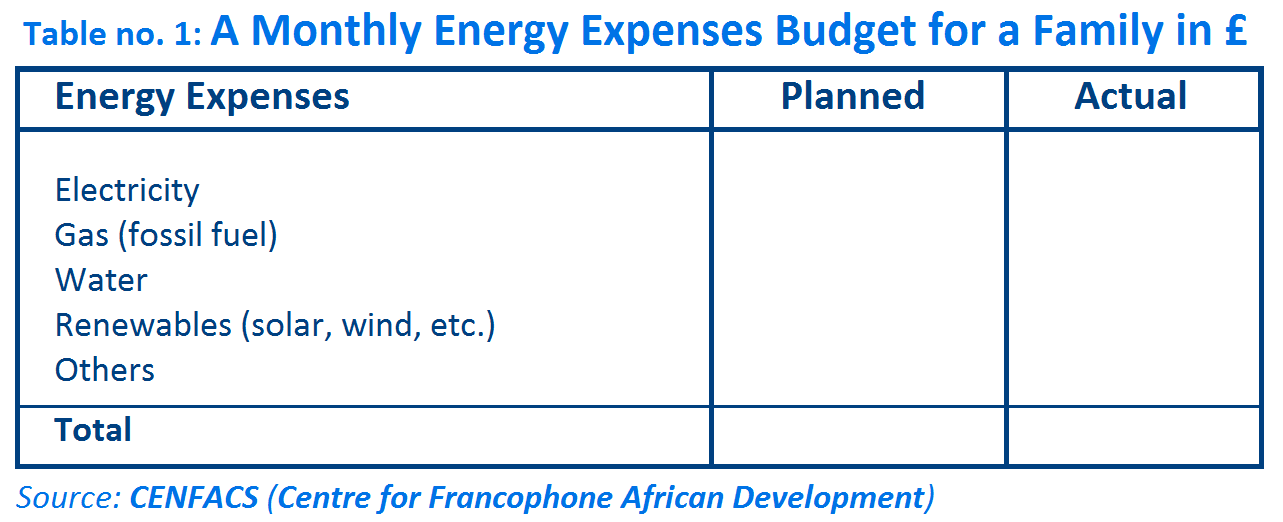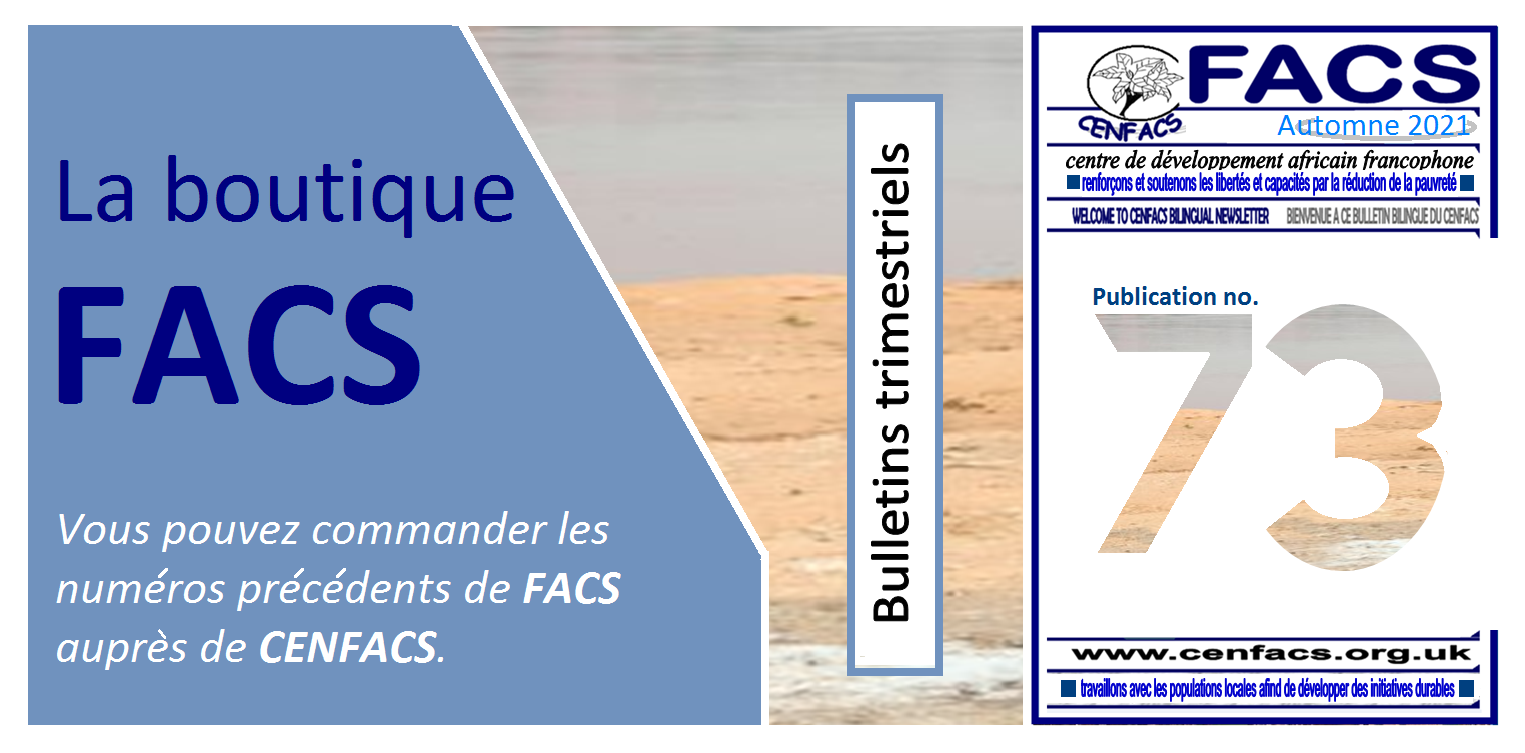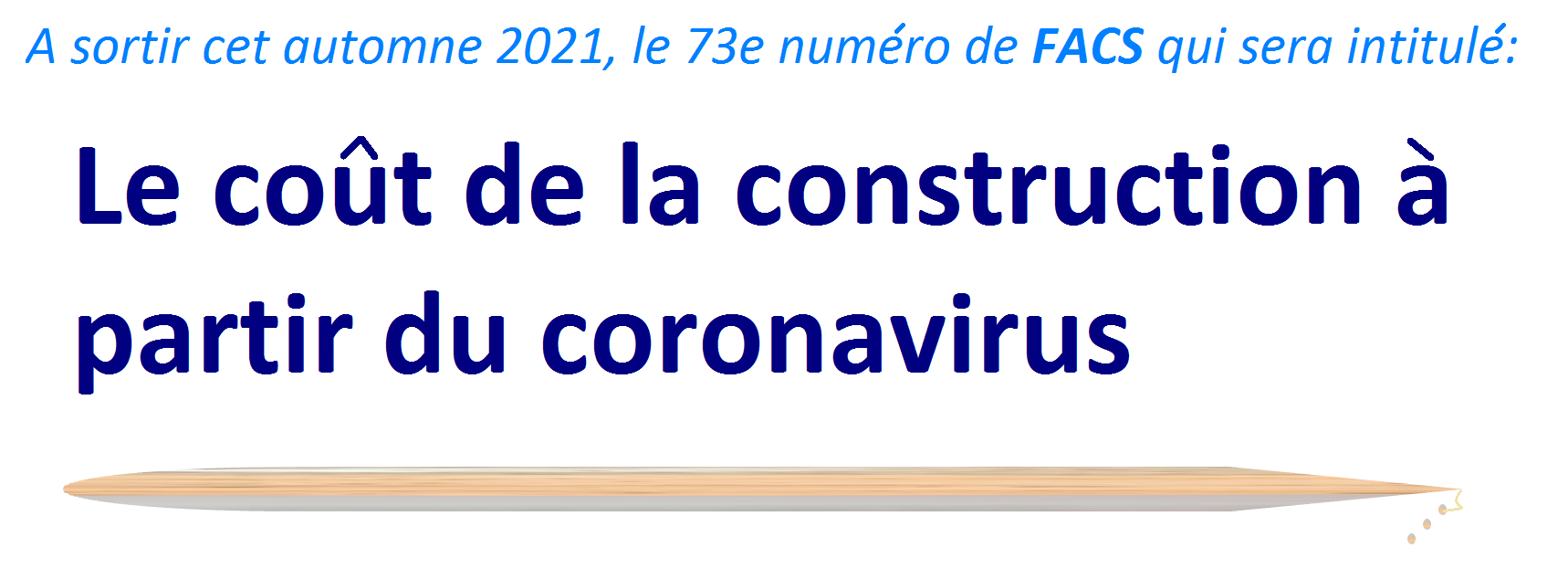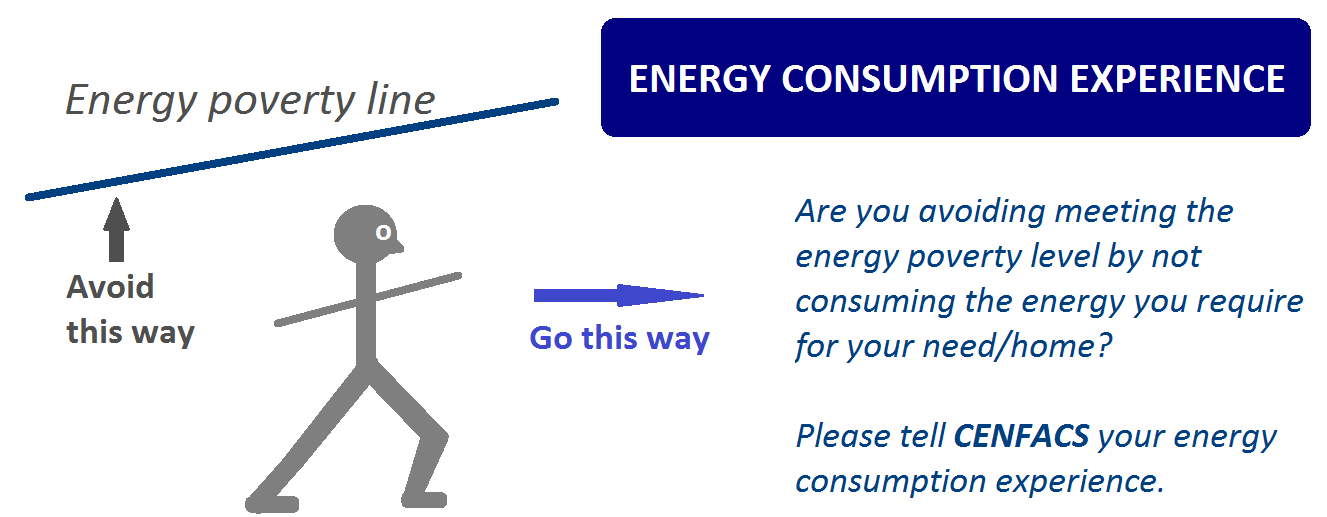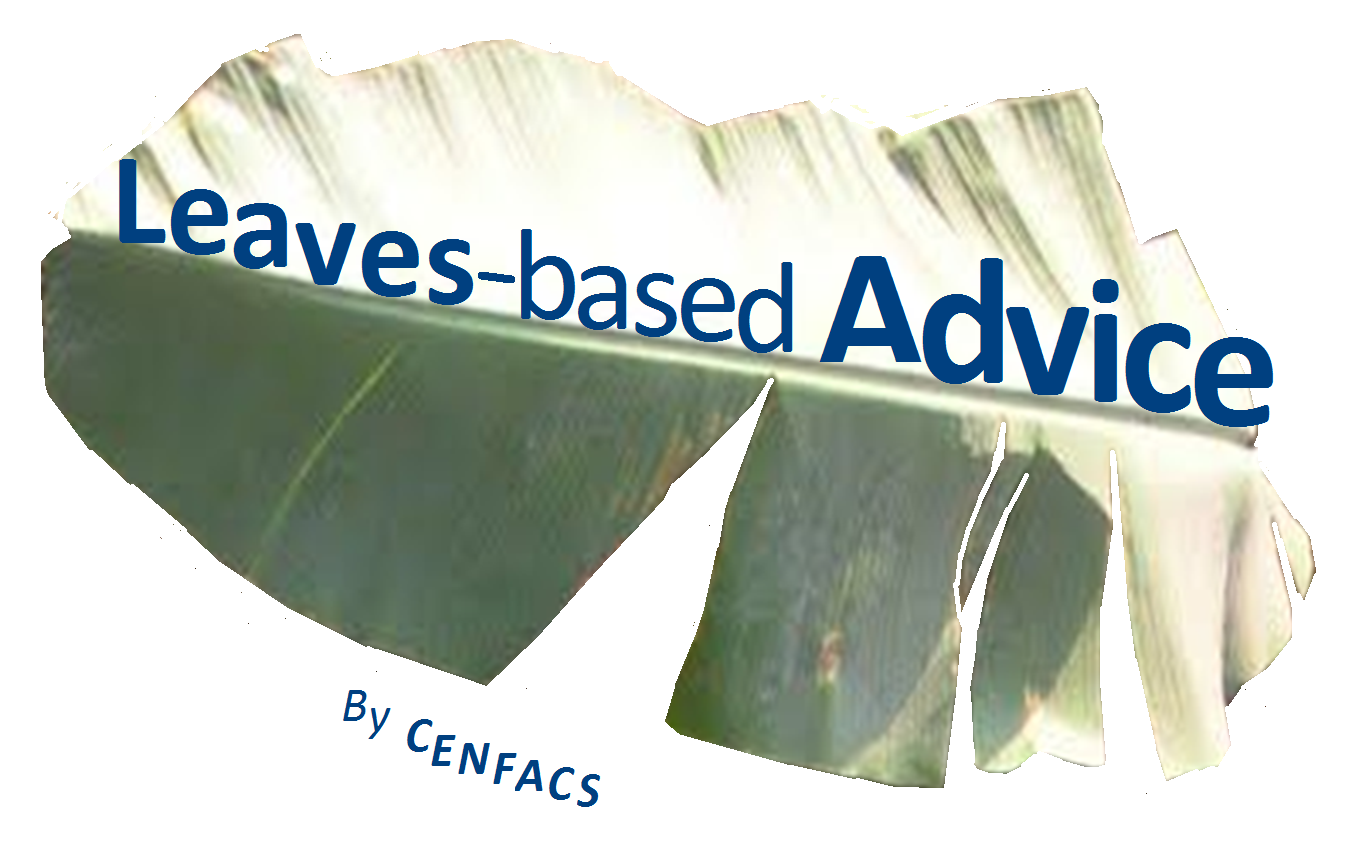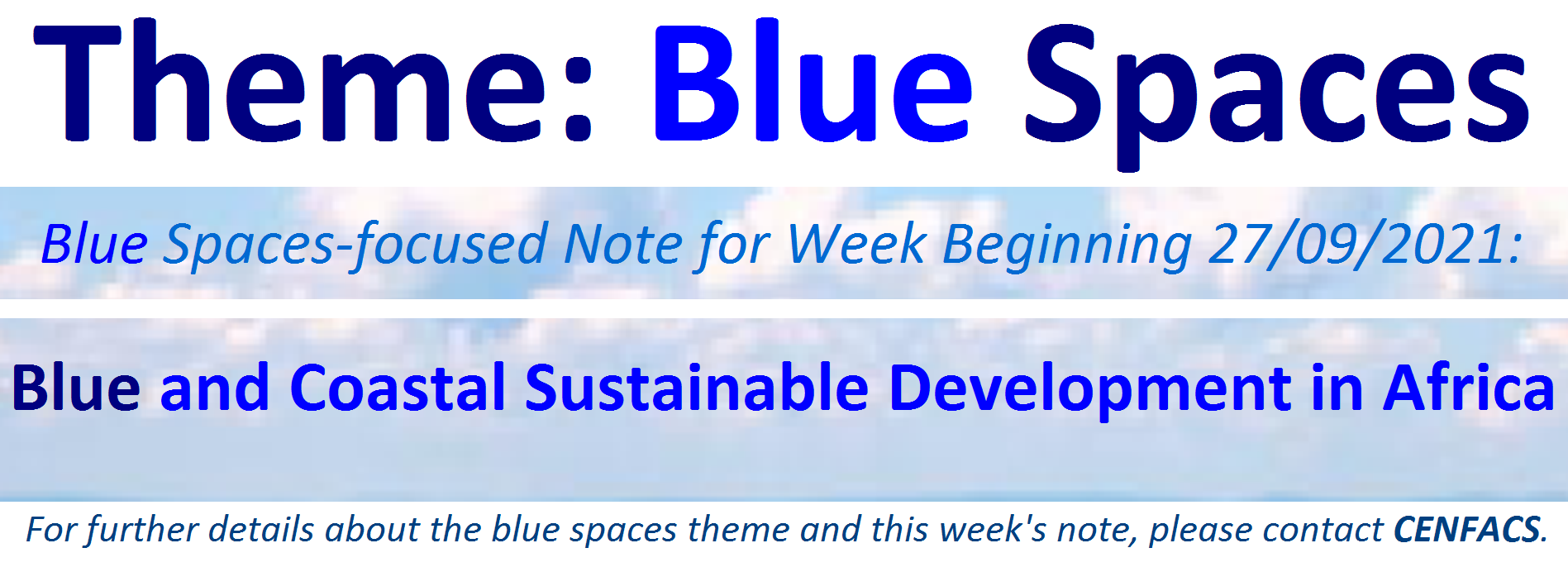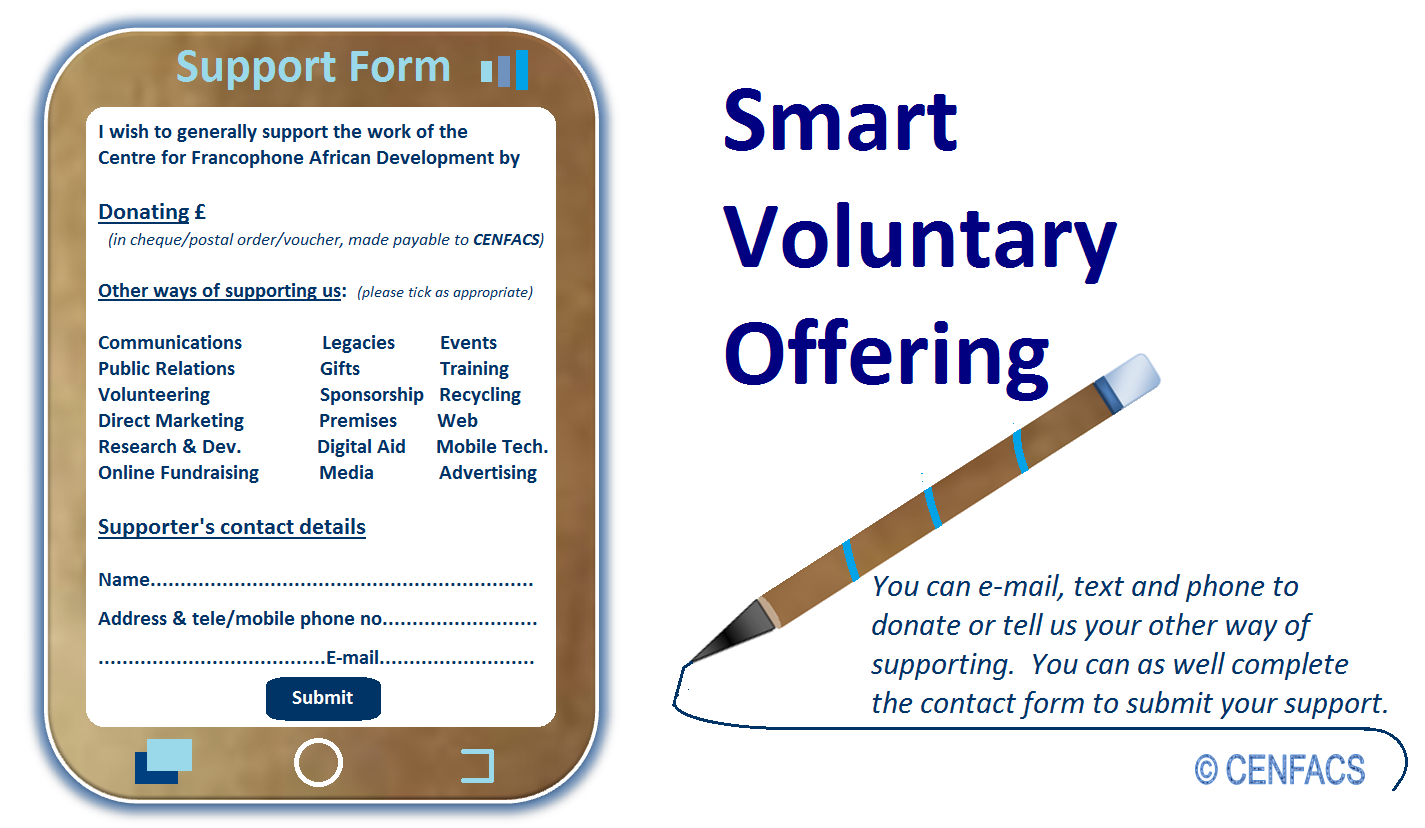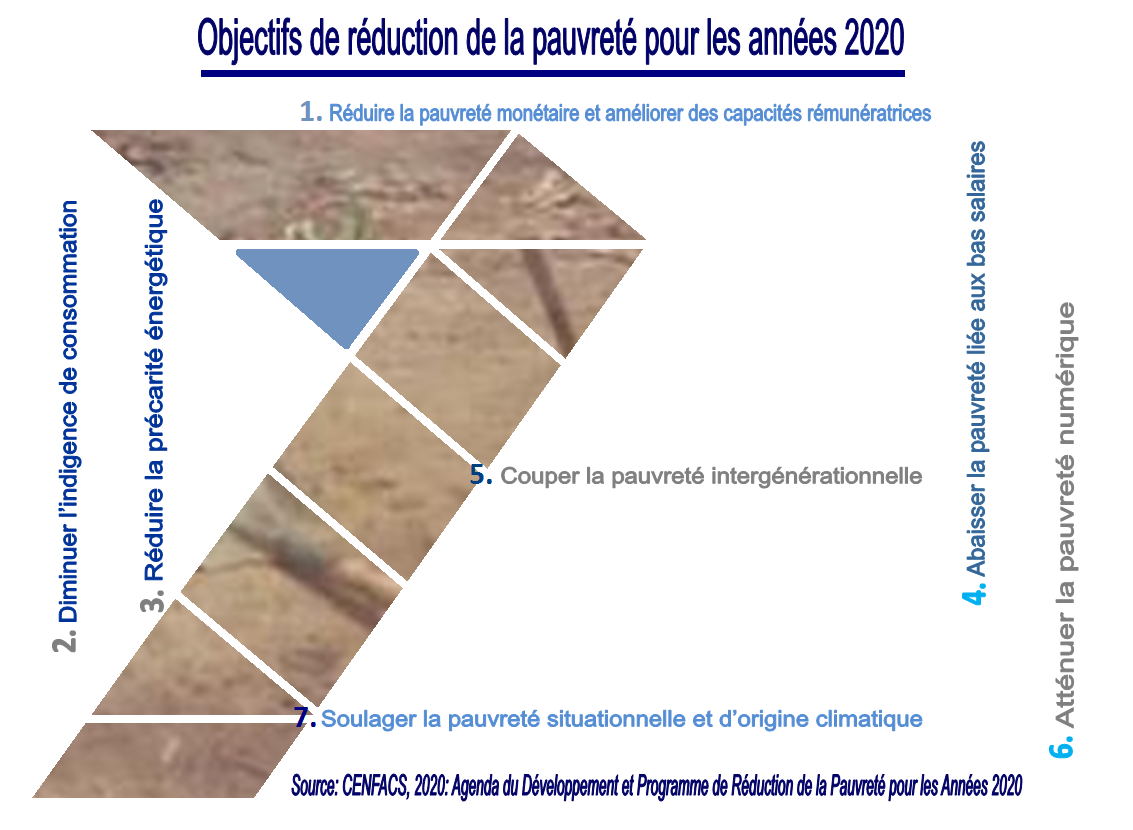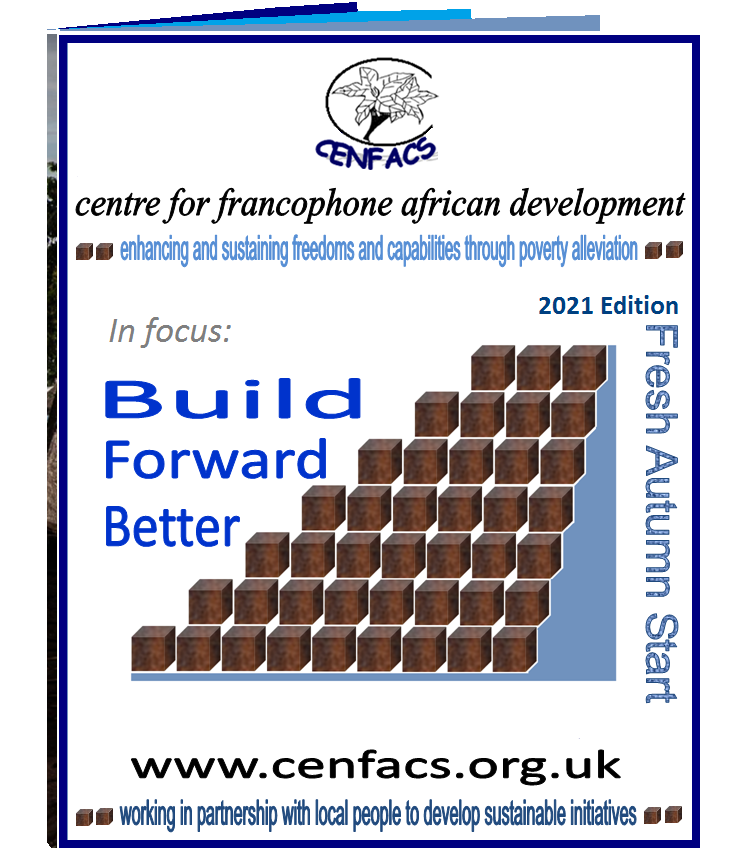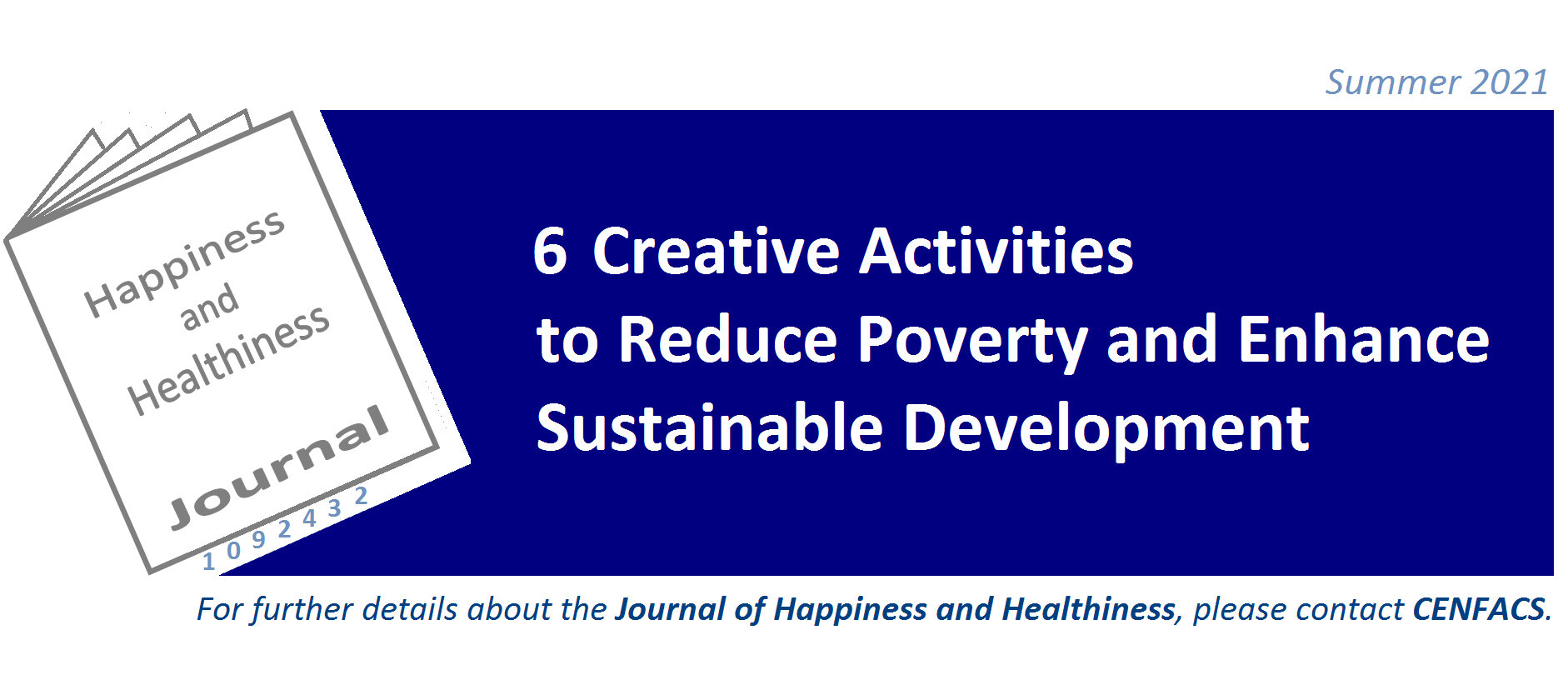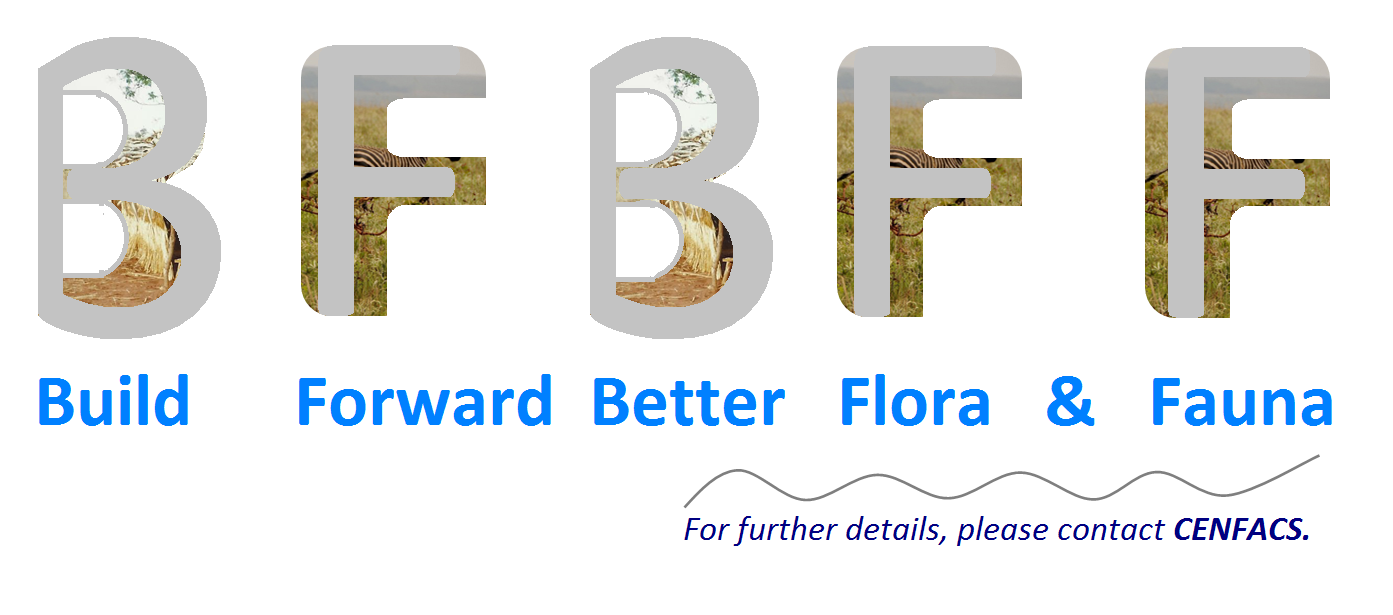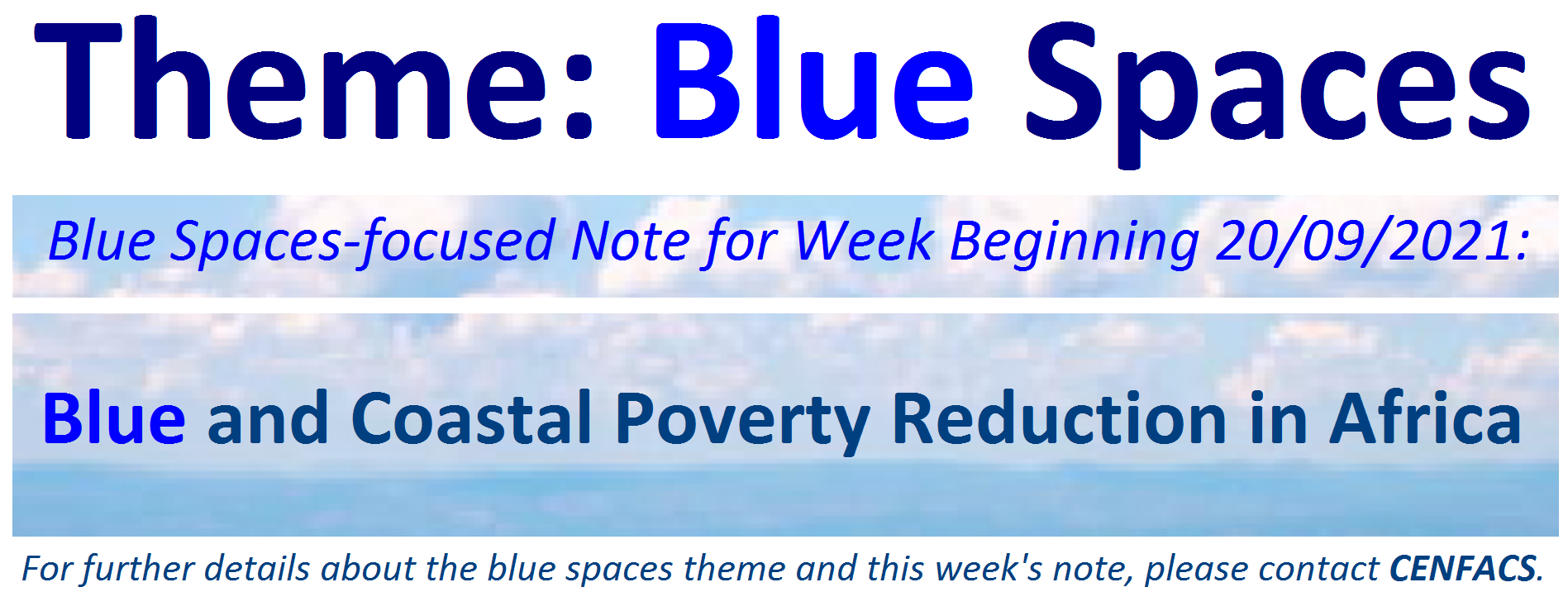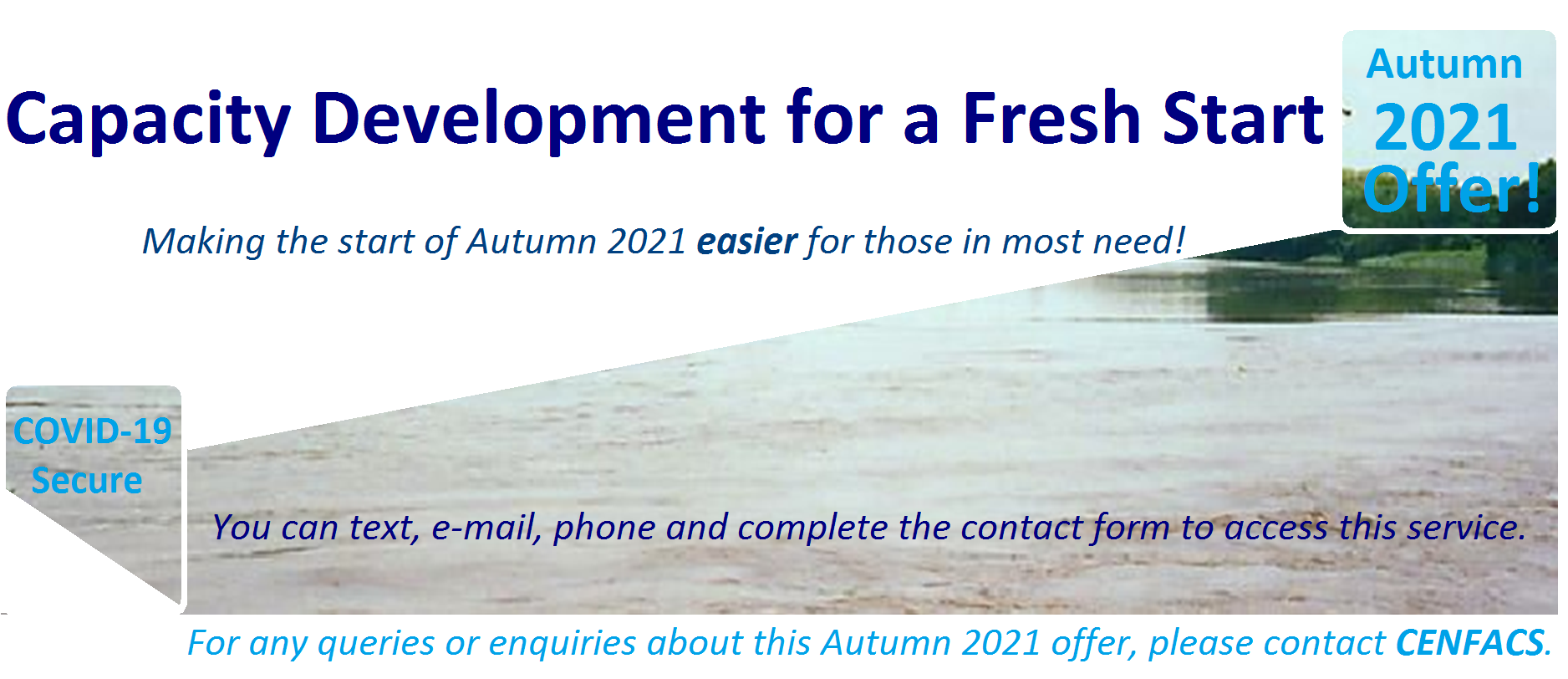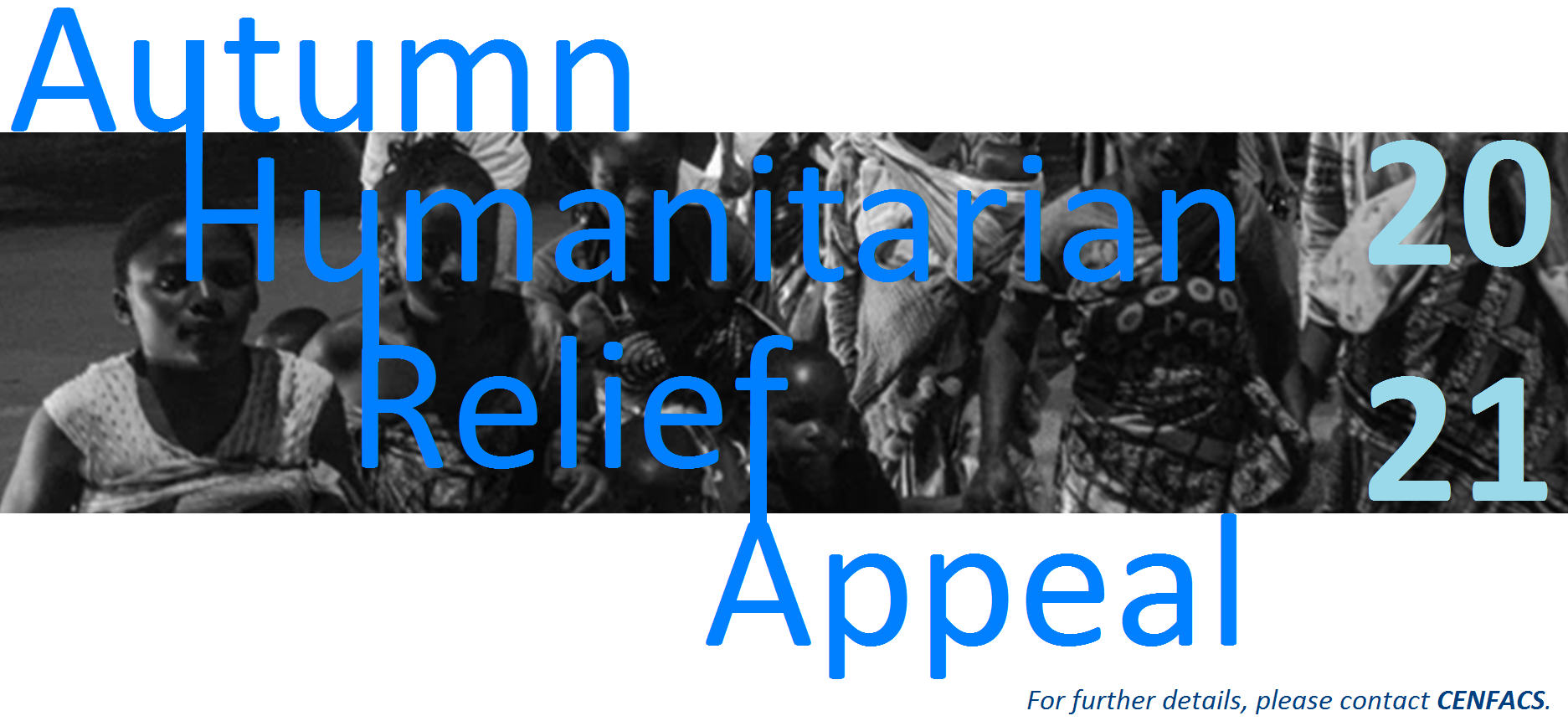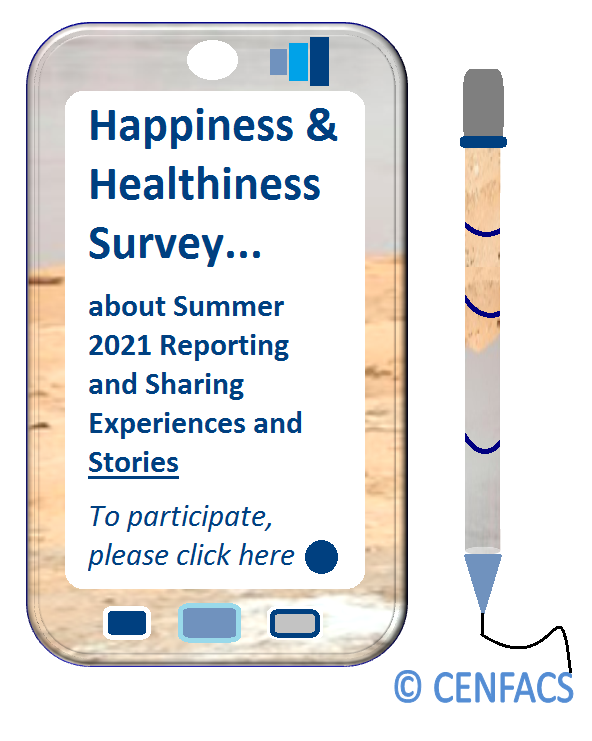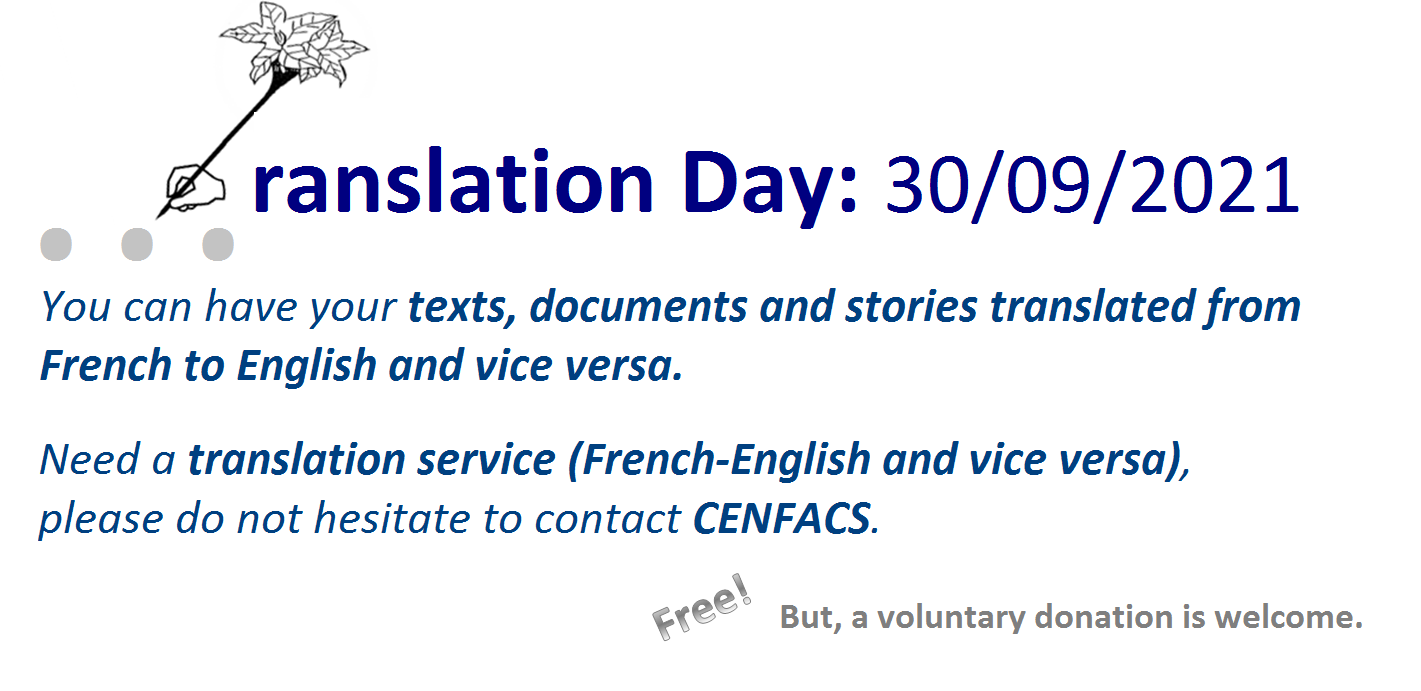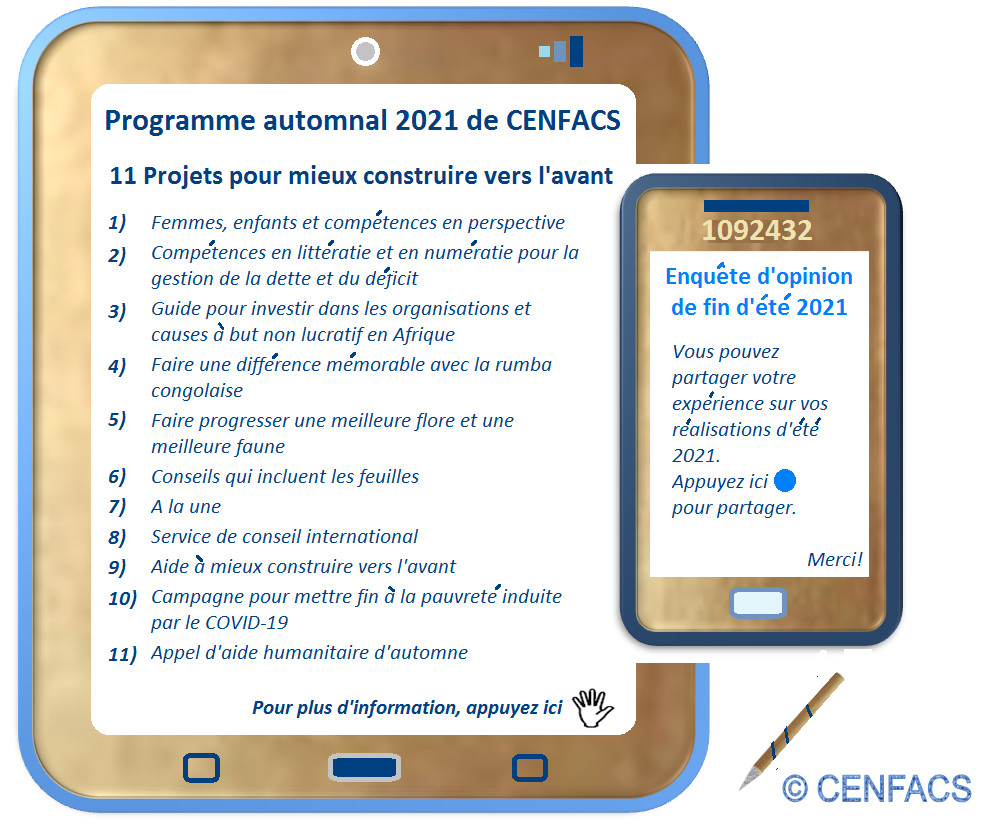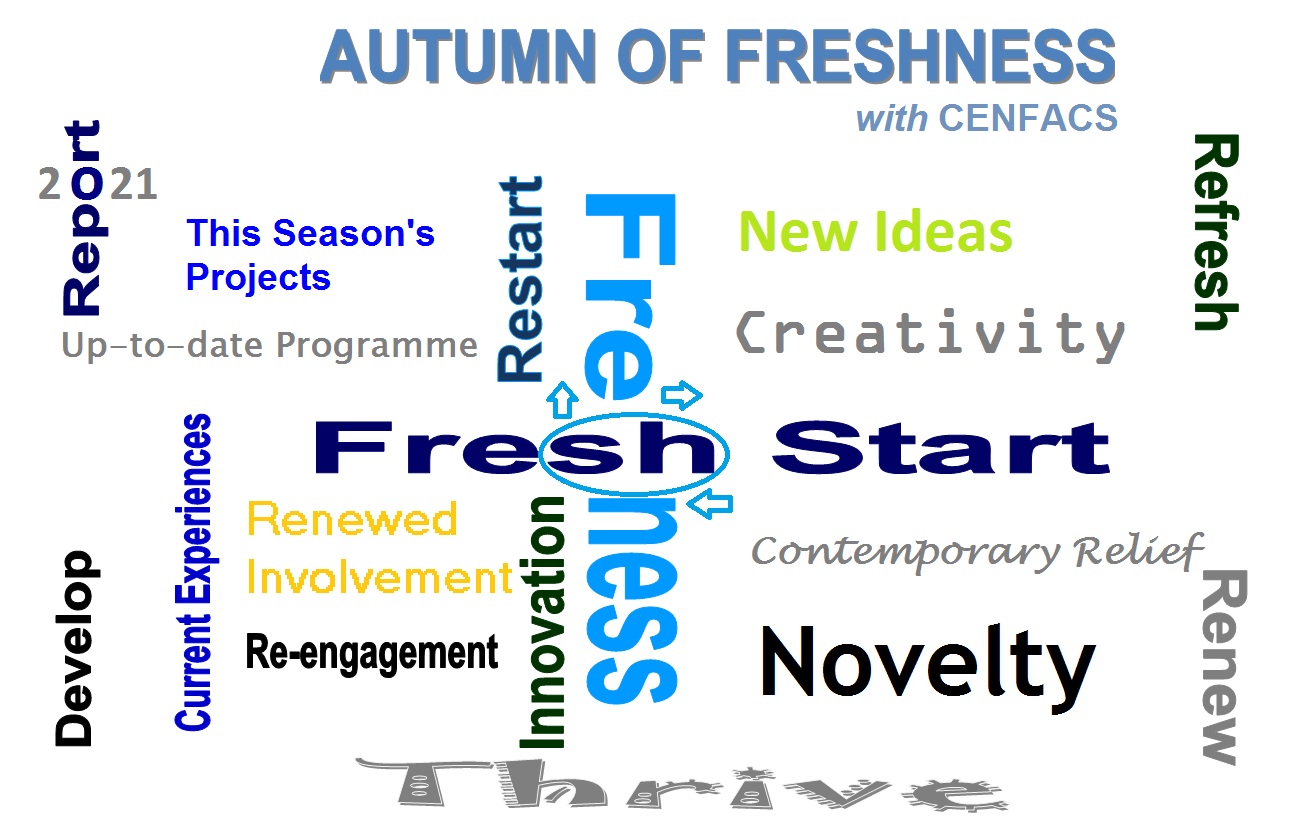Welcome to CENFACS’ Online Diary!
24 November 2021
Post No. 223
The Week’s Contents
• Guidance for Investing in African Not-for-profit Organisations and Causes in Africa
• 2021 “A la une” (Autumn Leaves of Action for the Upkeep of the Nature in Existence) Themed Activity and Action No. 7 from Week beginning 22/11/2021: Effects of Logging on Plants
• Skills to Build Forward Better – Skills Focus from Wednesday 24/11/2021: Skills to Create Income (Income Generation Skills)
… And much more!
Key Messages
• Guidance for Investing in African Not-for-profit Organisations and Causes in Africa
Guidance for Investing in African Not-for-profit Organisations and Causes in Africa (in short: Guidance for Investing in Africa) is one of CENFACS Starting XI Projects and Campaign to build forward better this Autumn. It is a set of advice and information that can be given to those who would like to invest in the not-for-profit development in Africa, especially in the African not-for-profit organisations and causes engaged with the African Continental Free Trade Area.
The advisory information for investing, which is part of our International Advice Service, is indeed designed to help them make an investment decision based on unbiased information and objective analysis of the not-for-profit market trends and opportunities in Africa. The advisory information will help them to efficiently direct their investment towards market niches and developments with less risk, but with higher opportunity to achieve great poverty reduction results.
Briefly, the service will give the not-for-profit investors the opportunity to understand available different options and drive their resources where they can achieve optimal results in terms of poverty reduction.
Under the Main Development section of this post, we have highlighted the key elements of this guidance.
• 2021 “A la une” (Autumn Leaves of Action for the Upkeep of the Nature in Existence) Themed Activity and Action No. 7 from Week beginning 22/11/2021: Effects of Logging on Plants
To approach this 7th Action of our 2021 “A la une” Campaign, we are going to briefly explain the effects of logging and spell out actions. Some of these actions have been already taken.
• • Effects of logging
Logging (that is, the cutting down of trees for timber) can have detrimental effects on forest. These effects include: loss of biodiversity and impacts on wild birds, large mammals, plants and other species.
For example, it can destroy spatial biodiversity like birds.
There are many individuals and organisations across the world taking actions against various forms of illegal logging that destroy forests and nature. In the context of the Action 7 of our nature campaign, “A la une” Campaign, the focus is on the effects of logging on Crop Wild Relatives and actions that need to be taken against those effects.
• • Actions against logging on plants
The actions we are going to highlight come from the unedited version of a paper submitted to XII World Forest Congress (1). These actions could include the following:
√ Tackle extinction crisis caused by people
√ Have a crops planting programme
√ Give local people (e.g. villagers) the rights to manage their plants and crops
√ Stop the cycle of destruction of forest
√ Save the remaining forests
√ Preserve traditional non-destructive uses of the rain forests
√ Protect skilled husbandry of the forest resources
√ Monitor crops threatened by logging and commercial trade
√ Identify plant species and crops
√ Help change attitude toward forest preservation and destruction
Etc.
To sum up, “A la une” Campaign is more about actions than words. Because it is about actions, what we are interested in is action to deal with forest logging so that the Safeguard of Crop Wild Relatives can be a reality, not a matter of theory only. There is more that can be done to make this reality happen.
To support this 7th Action relating to the Safeguard of Crop Wild Relatives and the entire “A la une” Campaign, please contact CENFACS.
• Skills to Build Forward Better – Skills Focus from Wednesday 24/11/2021: Skills to Create Income (Income Generation Skills)
Riding on the heels of this week’s agenda is also the last skills focus of our Skills Development Month; skills focus which is about Income Generation or Skills to Generate Little Extra Income. This Skills-focus is also part of this Season’s theme from this year’s edition of Festive Income Booster; edition which is one of CENFACS’ ICDP (Individual Capacity Development Programme) resources.
The focus for this edition is on Spending Limit. For more details about this edition, please contact CENFACS. Before going any further, let us try to understand income generation skills.
• • What are Income Generation Skills (IGS)?
IGS are the dexterity or talents that enhance the capacity to generate income. They are about CENFACS working with those in need to seize or search for opportunities while using existing or new resources in order to generate additional income streams that can be added to their insufficient or limited income to make up what is needed to make ends meet over the festive season and then afterwards.
• • Skills development or training for income generation
Income generation has always been at the heart of poverty reduction and any development process or policy. Skills development or training for income generation is one of the vehicles to generate income and achieve poverty reduction outcomes and impacts or results. Depending on people’s needs and demand; there are many types of skills one can develop to generate income.
These skills can include the following:
∝ Production skills (e.g.: skills to produce cosmetics, soaps, making clothes or sewing, etc.)
∝ Marketing skills
∝ Sale skills
∝ Communication skills
∝ Job search skills
∝ Persuasion skills
∝ Trade skills
∝ Literacy skills
∝ Statistical numeracy skills
∝ Social intelligence skills
Etc.
To the above skills, one can add online income generation skills, which could include:
∝ Digital literacy skills
∝ Mobile money management skills
∝ Online analytical skills
Etc.
Skills can be from basic to the very complex ones to generate income.
This week, the focus is on basic income generation skills; particularly those one needs to develop in order to generate some little extra income, as highlighted in the 2021 edition of CENFACS’ Festive Income Booster resource.
Next month, we shall expand more on income generation matters as December is the Income Generation month according to CENFACS development calendar.
If one is particularly interested in a particular skill or has something to share about a specific skill developed so far, please do not hesitate to contact CENFACS.
Extra Messages
• Integrating Climate Advocacy and Nature Campaign
We are continuing with the integration between our Climate Advocacy and our Nature Campaign as we did it last year. The Climate Advocacy is being conducted through Climate Talks Follow-up Project while Nature Campaign has been undertaken via the theme of the Upkeep of the Nature.
Through the integration of the two, we are carrying on in exploring synergies between the two (climate advocacy and nature campaign). In other words, the combined action of climate advocacy and nature campaign can have positive synergistic effects on the ability of children and future generations to meet their own needs.
Using an integrative or synergistic approach, it is possible to identify some interconnectedness between the goal of the upkeep of the nature and that of keeping global average temperature rise this century to well below 2 degrees Celsius above pre-industrial levels and to as close as possible to 1.5 degrees Celsius. It is as well conceivable to associate the upkeep of the nature and the meeting of the needs for climate protection and stake for children, particularly but not exclusively African children.
In the context of this year’s “A la une” Campaign, we are analysing if there is any link between the Safeguard of Crop Wild Relatives on the one hand and climate protection and stake for those in need on the other. For example, we are trying to find out how the Safeguard of Crop Wild Relatives can improve the health and well-being of children and future generations who may consume crops (like tomatoes, maize, beans, etc.) threatened by extinctions.
For those who would like to find out more about this synergistic integration of CENFACS’ Climate Advocacy and Nature Campaign, they can contact CENFACS.
• Climate Talks Follow-up project: What’s next?
Since a new global climate agreement known as the Glasgow Climate Pact was reached at the COP26 summit (2), our Climate Talks Follow-up project needs some reassessment in order to take into account this change. To rethink, we need to consider what was agreed that can affect our work and users.
• • What was agreed at COP26 that may affect CENFACS’ work and users?
It was agreed
∝ A plan to phase down coal and reduce the use of coal which is responsible for almost 40% of annual CO2 emissions
∝ To phase out subsidies that artificially lower the price of coal, oil, or natural gas
∝ To stop deforestation by 2030 (this was agreed by more than 100 countries)
∝ A scheme to cut 30% of methane emissions by 2030 (this was agreed by more 100 countries)
∝ To back clean technology (such as renewable energy) and direct finance away from fossil fuel-burning industries (this was agreed by financial organisations)
∝ To significantly increase money to help poor nations to cope with the effects of climate change and make the switch to clean energy.
The above agreements will affect people with whom we work as well as our work on poverty reduction and sustainable development. However, are these agreements and other ones deriving from COP26 enough to meet our demand for the climate stake and protection for children and generations to come? We are not sure.
• • Gaps in COP26 outcomes compared to our climate demand
Despite what was agreed at COP26, it is worth noting the following:
∝ There is still less money to pay for new technology and infrastructure which children, especially those from poor nations, could benefit
∝ There is little or less money in the forms of grants, loans and private investments to support efforts to adapt to climate change and mitigate its effects
∝ There is less support to switch to renewable energy sources such as solar, wind and hydro-power for children and future generations (for example, how do you expect coal-dependent energy poor families to switch to clean source of energy if they do not have the means to do it for themselves and their children?).
One can hope that when the United Nations will meet in Egypt in 2022 for COP27, this will be another opportunity to raise ambitions, to look into those gaps and to provide ways forward. In doing so, this will provide us a basis for clarity about climate protection and stake for children and generations to come.
• • What next for our Climate Talks Follow-up project?
We are still at the implementation phase, which is Phase 3 of our Climate Talks Follow-up project. The sub-phases or segments of the implementation phase for this project are: exploration, installation, initial implementation, full implementation and expansion.
So far, we have been dealing with the exploration sub-phase (Phase 3.1). Since the new global climate pact (the Glasgow Climate Pact) has been agreed, we can now start with the installation sub-phase (Phase 3.2). As project planning is a backward and forward process, we shall deal with the two sub-phases at the same time.
So, after monitoring and evaluation of the Climate Protection and Stake for African Children – Phase 3 (CPSAC – P.3) and the last follow up this year, there has been some consensus within CENFACS so that our Climate Talks Follow-up project starts Phase 3.2 from 2022.
• • Phases of CENFACS’ Climate Talks Follow-up
The following are the phases making our Climate Talks Follow-up.
Phase 1: The First African Children Generation of the Millennium Development Goals and the Climate State
Phase 2: Climate Protection and Stake for African Children
Phase 3: Taking Climate Protection and Stake for African Children at the Implementation Phase
• • 2022 Climate Talks Follow-up
As argued above, 2022 Climate Talks Follow-up will start with the installation sub-phase (Phase 3.2). In other words, the next follow-up will be on Taking Climate Protection and Stake for African Children at the Implementation Phase with Installation sub-phase (Phase 3.2).
The details of this new follow-up will be unveiled in the New Year.
For any further details and to support 2022 Climate Talks Follow-up project, please contact CENFACS.
• CENFACS’ be.Africa debates Forest Exploitation versus Forest Protection
As part of this week’s “A la une” Campaign which consists of taking actions against illegal forest logging, CENFACS’ be.Africa will debate the conflicts between forest exploiters and forest protectors in Africa and the way forward. This debate is the continuation of the discussion on forest economy of last week.
For example, there are those who believe that the cutting of trees for timber should continue as long as it is done legally. In contrast, there are those who think this cutting of trees needs to be stopped and it is having a detrimental effect on the need to move to net zero CO2 emissions.
This disagreement goes over other forest resources. However, between the two lines of arguments, there is a balance between exploitation and protection. The debate will try to find out if there is any balance between the two and how to determine it.
You can tell CENFACS’ be.Africa your argument over the conflicts between forest exploiters and forest protectors. To add your input or tell CENFACS’ be.Africa Forum what you think, just contact CENFACS on this site.
Le tableau de bord ci-dessus est une interface graphique pour nos usagers; tableau indiquant la performance de CENFACS en ce moment, c’est-à-dire à partir de 24 novembre 2021.
Pour ceux or celles qui veulent en savoir plus, veuillez contacter le CENFACS.
Main Development
• Guidance for Investing in African Not-for-profit Organisations and Causes in Africa
We have assembled the following items to highlight the Guidance for Investing in Africa:
What the guidance is about, for whom the guidance is, not-for-profit investment analysis, what to expect and not to expect from the guidance, investment choices, types of investment to consider, risk and opportunity attached to not-for-profit organisations, rate of return about poverty reduction and risk tolerance, and guide as a resource.
• • What the guidance is about
The guidance covers the basic principles of investment that apply to the not-for-profit sector in Africa. It also shades some lights about what is specific for the not-for-profit sector in terms of investment. It will help altruist investors to achieve their utility in reducing poverty rather than maximising their financial profitability.
• • For whom the guidance is
The guidance is designed for those who would like to invest in small and medium-sized not-for-profit organisations in Africa. It is a specific and customised support rather than general in the arena of investing in the African not-for-profit organisations in Africa. It is meant to work with potential altruist investors to explore the options they can consider in terms of African not-for-profit organisations and asset classes. It helps them to define clear investment goals and objectives while supporting them to weigh both the risks and benefits of investing in Africa.
• • Not-for-profit investment market analysis
Before undertaking any investment, one needs undertake market analysis. We shall conduct on behalf of potential not-for-profit investors both fundamental and technical analyses.
Fundamental analysis – which will be based on economic data and reports, African organisations’ financial statements and annual reports, and reports from multilateral agencies like the World Bank – will help to analyse investment market and trends in the not-for-profit sector in Africa.
Technical analysis, which will be based the performance of targeted African organisations for investment purpose, will be thoroughly conducted by using technical indicators (such as the number of people lifted out poverty) and statistics. We shall as well study the investment flows (both inward and outward investments) in those organisations.
• • What to expect and not to expect from the guidance
The organisations in which potential not-for-profit investors are willing to invest in are specialised in activities that are not for the financial benefit of individuals or board of directors. Therefore, those who are going to invest in the not-for-profit sector and in poverty, they should not expect to gain any profit as a return. They will be investing the areas where per capita income lags behind the rest of the world.
Instead, they should expect more and better results or outcomes in terms of poverty reduction, if possible the end of poverty for the end-users or beneficiaries. Their return on investment will be the rate of poverty reduction achieved. The higher this rate will be the higher the number of people will be lifted out of poverty.
• • Investment choices
The guidance can help potential not-for-profit investors to make many types of choice including the three following: choice of asset classes, organisation to become part of governing body and market segment.
• • • Types of investment to consider
There are two types of investment that not-for-profit investors can choose in order to engage in, which are: physical or real investment and financial investment.
Physical or real investment normally includes fixed capital assets (such as machinery and equipment) and stocks.
Financial investment consists of purchasing financial securities like shares and bonds. In this financial investment, one can consider portfolio investment as well.
In the context of the not-for-profit development, we are preoccupied with those types of investment that are not meant to earn income in the form of dividend, interest and rent payments. We shall instead deal with those investments that bring high return of poverty reduction for projects and programmes beneficiaries in Africa.
• • • Choice of asset classes
We can work with the prospective not-for-profit investors to help them identify and choose the asset classes (e.g. cash, shares, bonds, equities/stocks, real estate, exchanged-traded funds and mutual bonds, etc.) they need in order to penetrate the organisations they would prefer to invest in.
• • • Choice of governing body or board of directors
We can as well work with prospective not-for-profit investors to help them choose the governing body or board of directors that suits them or matches with or best represents their need to invest. The bodies or boards that we are talking about are those of not-for-profit organisations (whose activities are not for the financial benefit of individuals or board of directors) registered as charity or non-registered as charity.
Organisations that are registered as charities could be charitable incorporated organisations or charitable companies limited by guarantee, unincorporated associations or charitable trusts like in the UK.
Besides that we shall use the classification and terminology of the given African organisation within their country as well as their business structure to find out whether or not they can be classified as not-for-profit. And if they are because of their status of not-for-profit, we shall search on implications in terms of foreign direct investment in those organisations.
• • • Choice of market segment
The African not-for-profit development and poverty reduction Africa are a huge market for poverty reduction goods and services. We can help select or pitch which segment of the market investors want. For example, a potential investor can make a decision to pitch the market segment of children needs, or water projects, women needs, energy projects, projects targeting COVID-19 induced hardships, etc.
• • Risks and opportunities attached to not-for-profit organisations in Africa
It is well known that investing is at the same time a risk and an opportunity. The risks linked to investment in Africa include: possibility of civil wars and conflicts, lack of adequate infrastructures, corruption, political change, etc. Beside these risks, there are opportunities such as untapped resources, growing population, etc.
Through SWOT (Strengths, Weaknesses, Opportunities and Threats) and PEST (Political, Economic, Social and Technological factors) analyses, we can work together with prospective investors to minimise investment risks while maximising opportunities or benefits for their investment to succeed.
It is also worth noting that they need to be aware that the more they want to invest, the greater could be this risk. However, where there are large economies of scale, this risk can be spread over. Through CENFACS‘ Guidance for Investing in Africa, we can help potential investors to maximise risk-adjusted returns for a given level or rate of poverty reduction.
• • Rate of return about poverty reduction and analysis of risk tolerance
We can advise on most popular places and organisations in Africa that can provide high rates of return in terms of poverty reduction. Likewise, we can advise potential investors against organisations and places with greater degree of risk in terms of their investment. We shall systematically analyse the degree of risk attached to investments. In other words, we can give evidence-based advice on the correlation between risk and potential return in terms of poverty reduction.
For example, how much risk can a not-for-profit investor can accept in return for a certain level of poverty reduction for a particular project or for a given organisation?
• • From Guidance to Guide for Investing in the Not-for-profit African Organisations and Causes
For those potential investors who would like to go extra miles in understanding what we have just highlighted, there will be a booklet (a 2021/2022 Guide for Investing in Africa) on the matter that will be issued by CENFACS. The booklet will provide basic information, guidance and advice for those who would like to dive into the world of not-for-profit development and /or invest in Africa-based Sister Organisations engaged with the African Continental Free Trade Area.
As argued earlier, the above highlights CENFACS’ Guidance for Investing in Africa. For those who would like to find out more or to seek guidance, they are welcome to contact CENFACS.
_________
• References
(1) https://www.fao.org/3/XII/0751-B1.htm (accessed in November 2021)
(2) HOME – UN Climate Change Conference (COP26) at the SEC – Glasgow 2021 (ukcop26.org) (accessed in November 2021)
_________
Help CENFACS keep the Poverty Relief work going this year.
We do our work on a very small budget and on a voluntary basis. Making a donation will show us you value our work and support CENFACS’ work, which is currently offered as a free service.
One could consider a recurring donation to CENFACS in the future.
Donate to support CENFACS!
FOR ONLY £1, YOU CAN SUPPORT CENFACS AND CENFACS’ PROJECTS, JUST GO TO :Support Causes – (cenfacs.org.uk)
Thank you for visiting CENFACS website and reading this post.
Thank you as well to those who made or make comments about our weekly posts.
We look forward to receiving your regular visits and continuing support throughout 2021 and beyond.
With many thanks.
